Dieser Artikel ist auch auf Deutsch verfügbar. Click here to find out more about the Ukraine!
Odessa doesn’t have many “real” attractions at first sight, but it still did have a lot to offer. The boulevard along Deribasivska Street, the amusement park, the Potemkin Stairs and the harbor gave us enough to do for the first day. And after that we simply went to the beach.
But the biggest attraction of the city is not located on the surface. Many tourists will not see it, because it is not heavily advertised, especially not in English. Welcome to the Catacombs of Odessa 🙂
Useful information
When Catherine the Great ordered the construction of the city of Odessa and a large port in 1794, there was a tiny problem: there were no building materials. There are no hills or mountains in the area. In desperation the workers dug into the soft limestone beneath the city, ton by ton, tunnel after tunnel. An approximately 2,500 kilometer long, multi-level tunnel network is said to have been created. The largest catacombs in the world. Until today there is no complete map, even though fearless adventurers regularly go on multi-day underground expeditions.
Especially during the crime wave towards the end of the 19th century, the catacombs were also used by smugglers and gangsters. Famous gangster boss Mishka Yaponchik (Ми́шка Япо́нчик) is said to have escaped from the police in the tunnels on multiple occasions. Partisans hid themselves here during World War II and resisted the Germans.
How to access the catacombs
There are four options to get into the tunnels:
- The Museum “Underground secrets of Odessa” (Таємниці підземної Одеси, OpenStreetMap Link) right in the city center. Some tunnels are being used as showrooms and can be visited during approximately three-hour long guided tours.
- The Partisan Museum in Nerubayske (OpenStreetMap Link) about 30 kilometers outside the city. The exhibition building is located directly over a part of the tunnels which was used as a hiding place by Partisans during the Second World War.
- By taking part in a guided city tour including a descent into the catacombs in Bunin Street.
- Through one of the over 1,000 “wild” entrances in the suburbs, alone or with a guide.
We took the guided tour in the museum “Underground secrets of Odessa” and also found one of the wild entrances. Of course the museum tour is a bit less authentic. But you also need a guide for the wild tunnels anyways (going in alone is far too dangerous), and the wild entrances are not necessarily near the city. So not going through the museum is not necessarily better, cheaper or faster. Also you might come across dumped garbage or other human or animal “waste” in the wild tunnels :/
Guided tour in the museum “Underground Secrets Of Odessa”
Our hotel receptionist called the museum for us and negotiated a private tour in English. For a three hour tour including rental equipment (helmet and torch) we paid 750 hryvnia per person, about 25 Euros. A bargain!
Vika, our guide for the day, greeted us at the inconspicuous entrance between a police barracks and a bank. After a short helmet test and some safety instructions we went down a flight of stairs and into the underworld. Most tunnels are located at a depth of about 12 to 20 meters. It is humid, sometimes quite narrow and dirty, and about 15 degrees cold all year round. Matching clothes and footwear are required.
Everything had started with limestone mining for the construction sites. At the beginning the bricks were cut out of the stone using hand saws. Later mechanical drills and saws were used. Some years ago limestone mining was resumed in some places, so the tunnel network is now growing again.
The tunnels created by the mining operations drag along. Without Vika, we would probably already have lost our orientation after just a few hundred meters.
In the middle of the 20th century, the many tunnels posed a major threat to buildings and construction sites on the surface. Soviet geologists and workers had to build additional walls in many places to prevent collapses.
Part of the exhibition dealt with the fate of the partisans in World War II. While the Germans were marching on the surface, the resistance continued under ground. Sleeping quarters, Hospitals, Kitchens, printing presses for leaflets – everything was moved into the Catacombs. Even today artifacts from the past are still found now and then, even if the moisture has corroded the metal.
The unknown miners and partisans have left quite a number of artworks in the tunnels. Among them was this beautiful depiction of the sinking of the Titanic in 1912.
During the World Wars and during the Cold War the Catacombs also doubled as bomb shelters. Many artifacts from these times such as emergency plans, gas masks, Geiger counters and medical equipment were still preserved.
We were very surprised by what we got to see on our way. Some tunnels and areas had undoubtedly been “real” bunkers, others seemed more like basements with connection to the catacombs, or like supply tunnels. Which part of the tunnel network had been built at what time exactly and for what purpose can probably often no longer be said today. Systematic research by the hobbyist community didn’t begin before the 1960s.
More tunnels, more doors, something new behind every corner. It seemd to go on like this endlessly. It felt like we had been down there for the whole day already, but actually it was just one hour. Slowly we started to get a sense for how large the tunnel system really was and how easy it would be to get lost forever. The Internet has several horror stories about people who are said to not have returned from the Catacombs of Odessa.
Vika told us that she was actually an architecture student and not really a tourist guide. But for many years now her true passion had been the catacombs. I guess it would be very hard to come up with a different explanation for her perfect sense of orientation underground.
With increasing depth came the groundwater. The hobby tunnel researchers call this course “Super Mario” – in the past you had to hop from stone to stone, like in the computer game, if you wanted to make it to the other side with dry feet. In the meantime some wooden planks had been installed to make the journey easier for visitors. But just a few meters further one careless step along the canal would have ended with something much worse than wet feet.
Parts of the network are completely submerged, especially where the artificially made cavities connect to natural caves. The water is completely transparent there and has a temperature of about 14 degrees all year round. Sometimes people even take a bath in it. We took a rest on some big stones at one of the “underground beaches” for a while and then switched off the flashlights. Absolute darkness. Absolute silence. 20 meters below ground, without any sense of space and time. Not even a smell in the air. The limestone purified everything.
“The air here is so clean, your nose has now gotten used to it. When you go back up, everything will smell really bad for two hours,” Vika warned us. “The city. The people. Even you yourself, everything is going to smell bad. Don’t be surprised.”
But you can’t be too squeamish anyways if you want go on this tour, and that also applies to your nose. It is not just cold, damp, dirty, scary and sometimes physically exhausting down there. Some things that sleep under Odessa are also a bit much for the olfactory nerves. An underground bunker also needs toilets, and these had probably even still been in use… 😯
The museum also organizes excursions for children. If that makes you raise your eyebrows, I can reassure you: Ukrainian children seem to be quite tough. A bit of rusty metal in an abandoned tunnel is not enough, things have to be a bit more frightening. Something like blood, bones, knives, gas masks, walled-in arms and so on… 😉
Don’t the kids go home with nightmares, we wanted to know? Our guide could only laugh at this question. No, the kids apparently love it. Sometimes whole “horror trips” and “horror paintball matches” are being organized down here.
At the end of the tour, we briefly returned to the museum restaurant. A nice venue for private functions! The room is conveniently located quite close to the entrance so food and drinks don’t have to be carried very far.
The museum offers special events all year round. These include overnight stays in the tunnels, research missions, clean-ups and much more.
Into the wild tunnels, alone
With the right search keywords you can quickly find the GPS coordinates of some wild entrances on some websites. Of cours, I could not resist the temptation and ventured a bit into one of the wild tunnels. I can not really recommend that though. After far too few meters you will start to lose your orientation. Everything looks the same and disappears in the dark, even with a strong lamp in your hand. In addition, fresh material had obviously fallen down from the ceiling quite recently in some places.
This post finally concludes our roadtrip through the Ukraine. Chernobyl, Stalin Tunnels, Nuclear Missiles and Catacombs – what a trip! Let’s see if the next countries can keep up with that… 😉
This post was written by Simon for One Man, One Map. The original can be found here. All rights reserved.

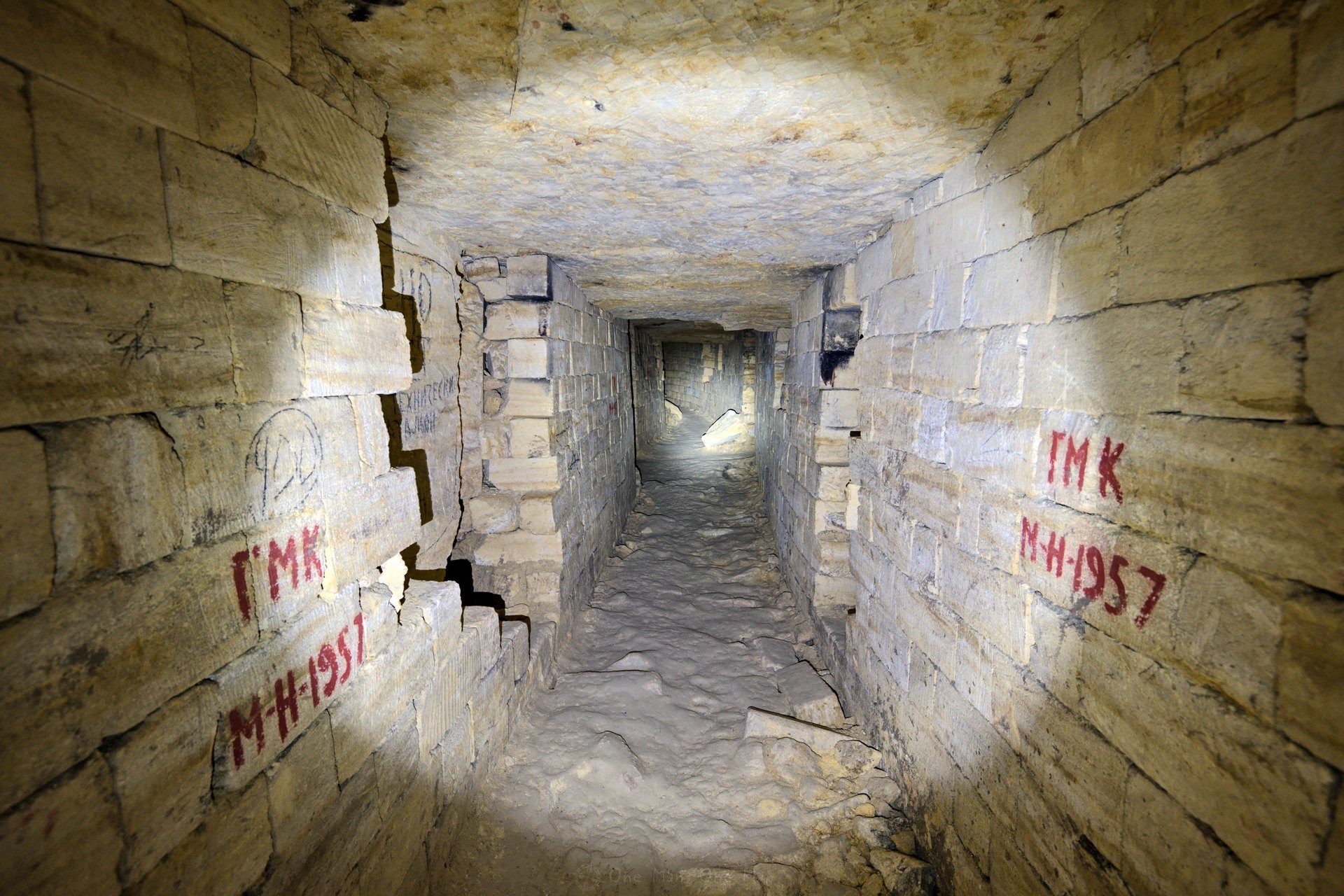
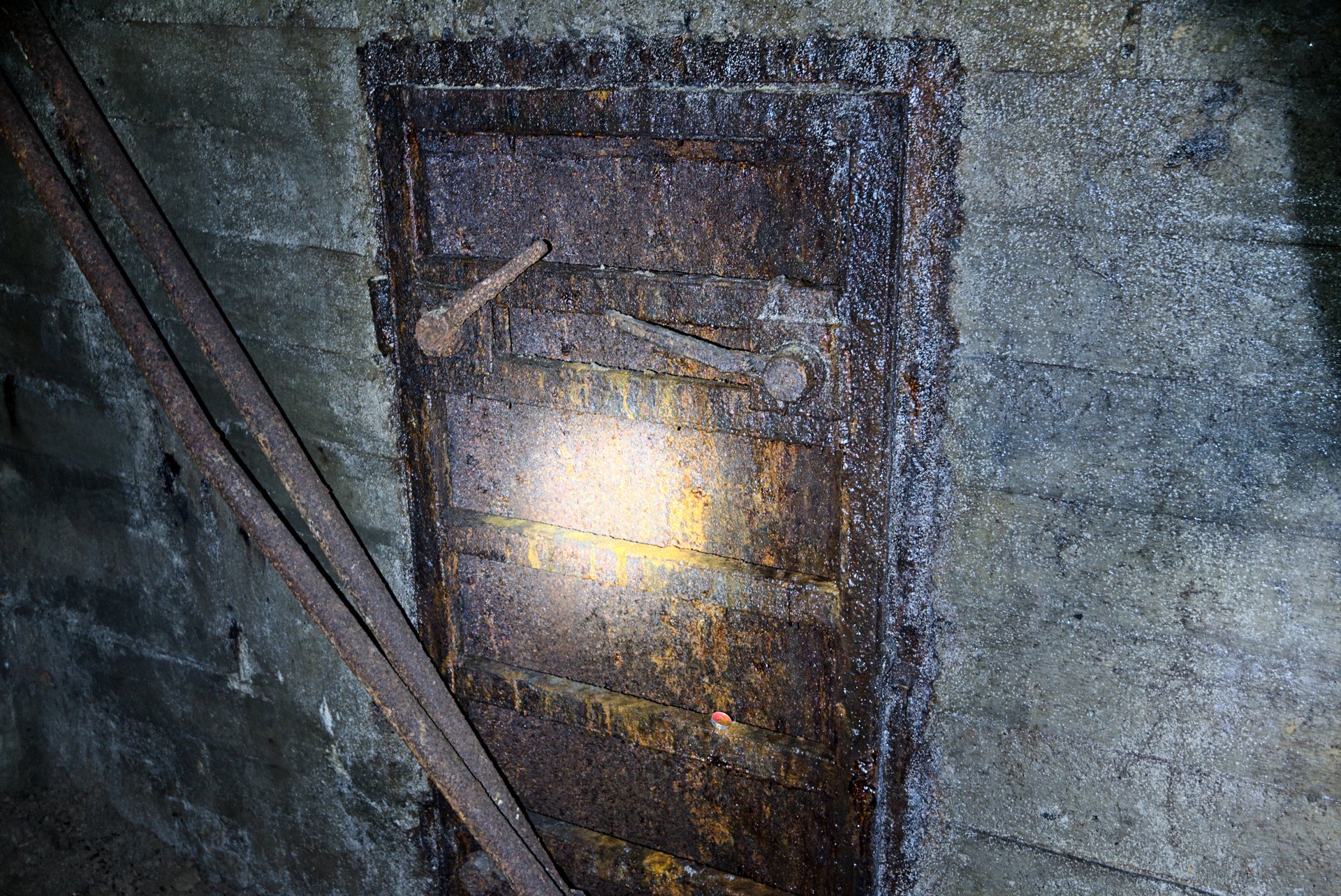
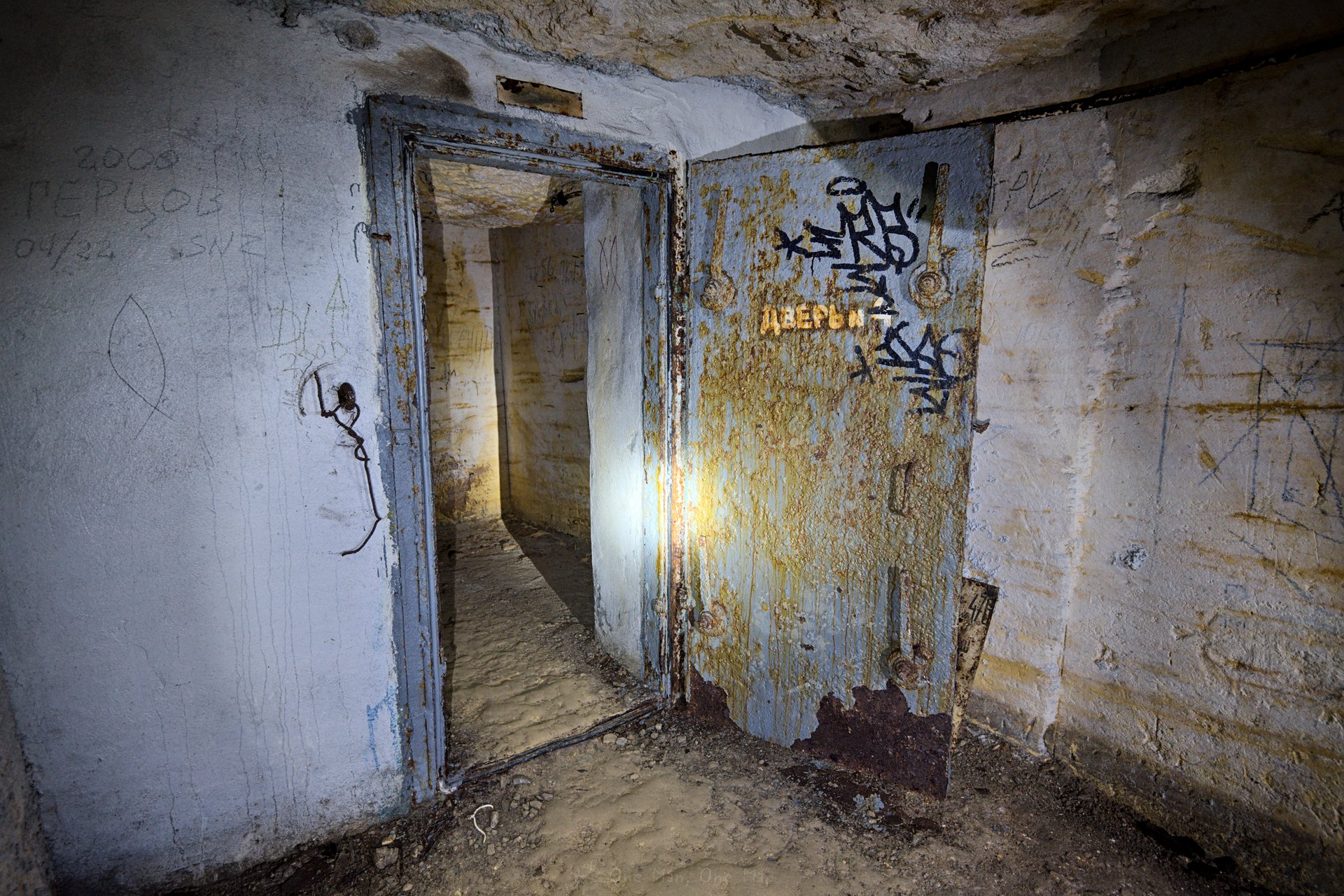
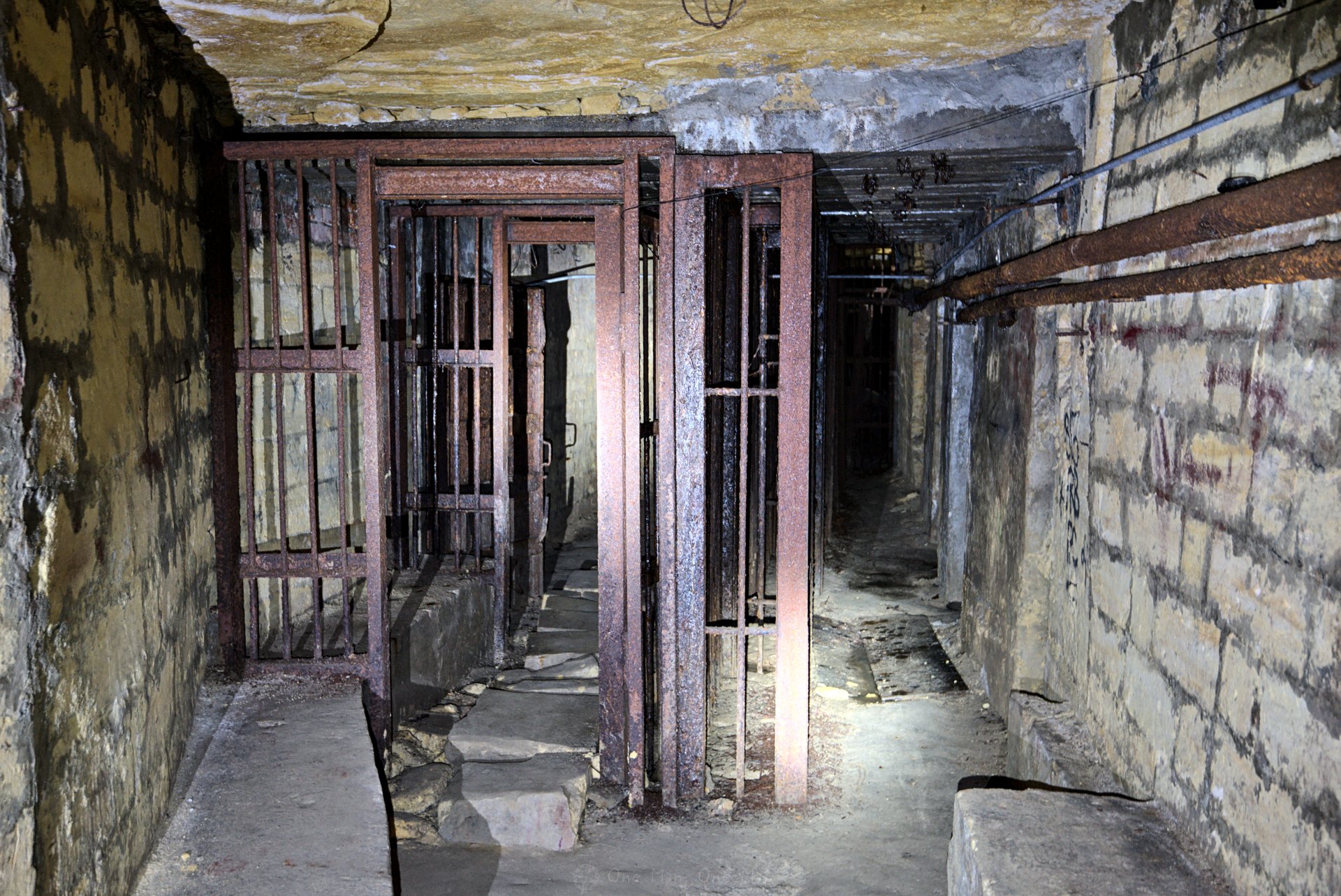
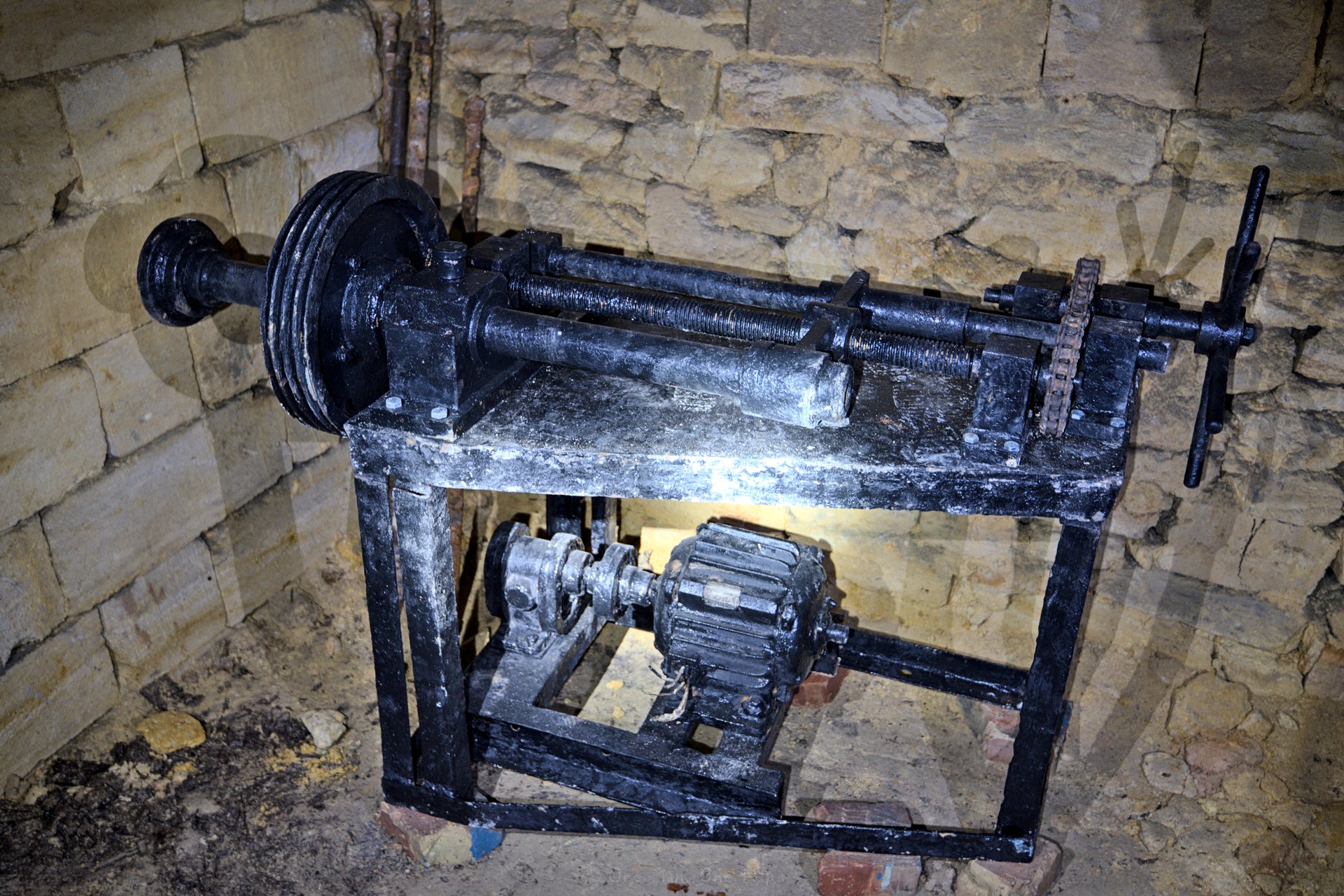
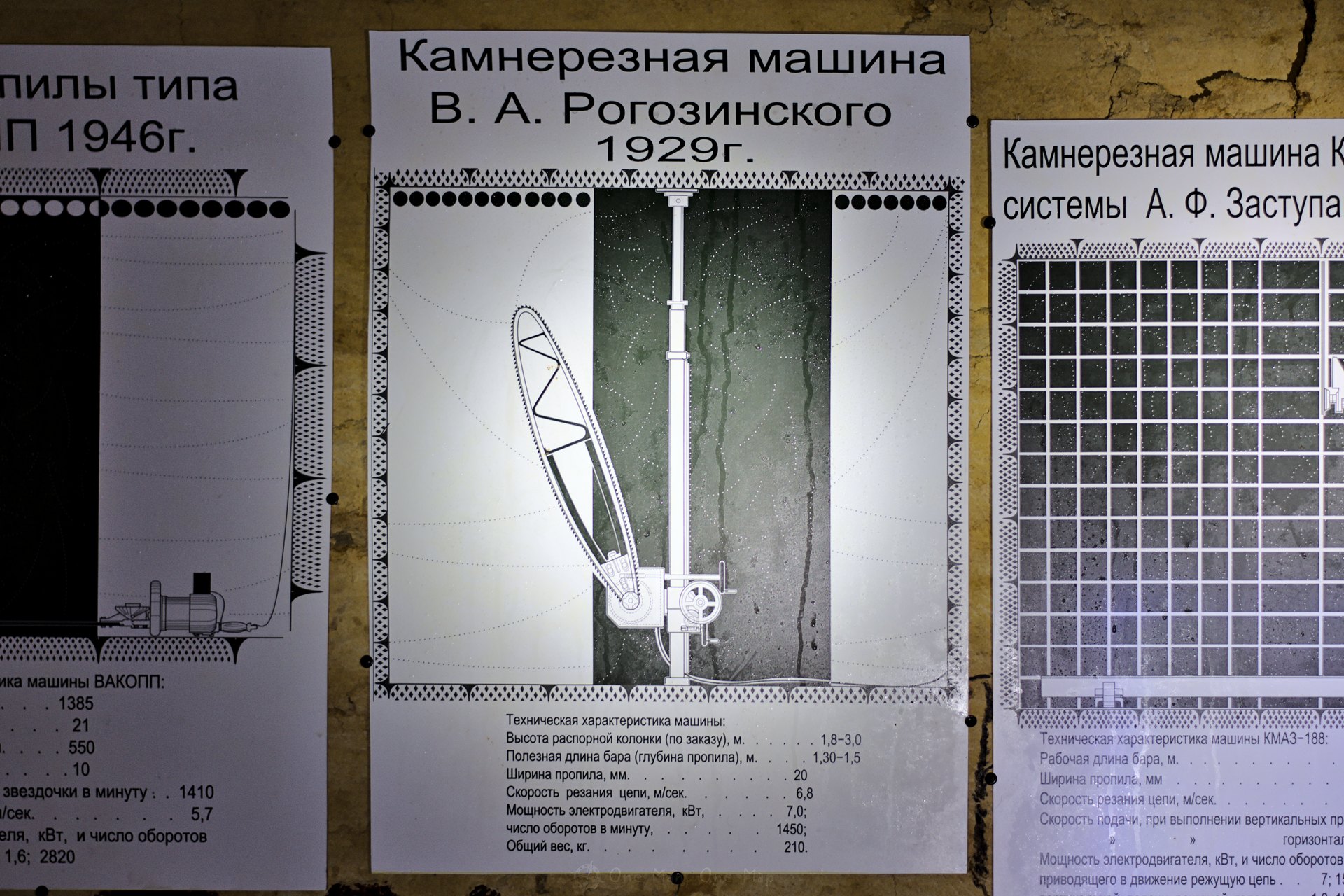
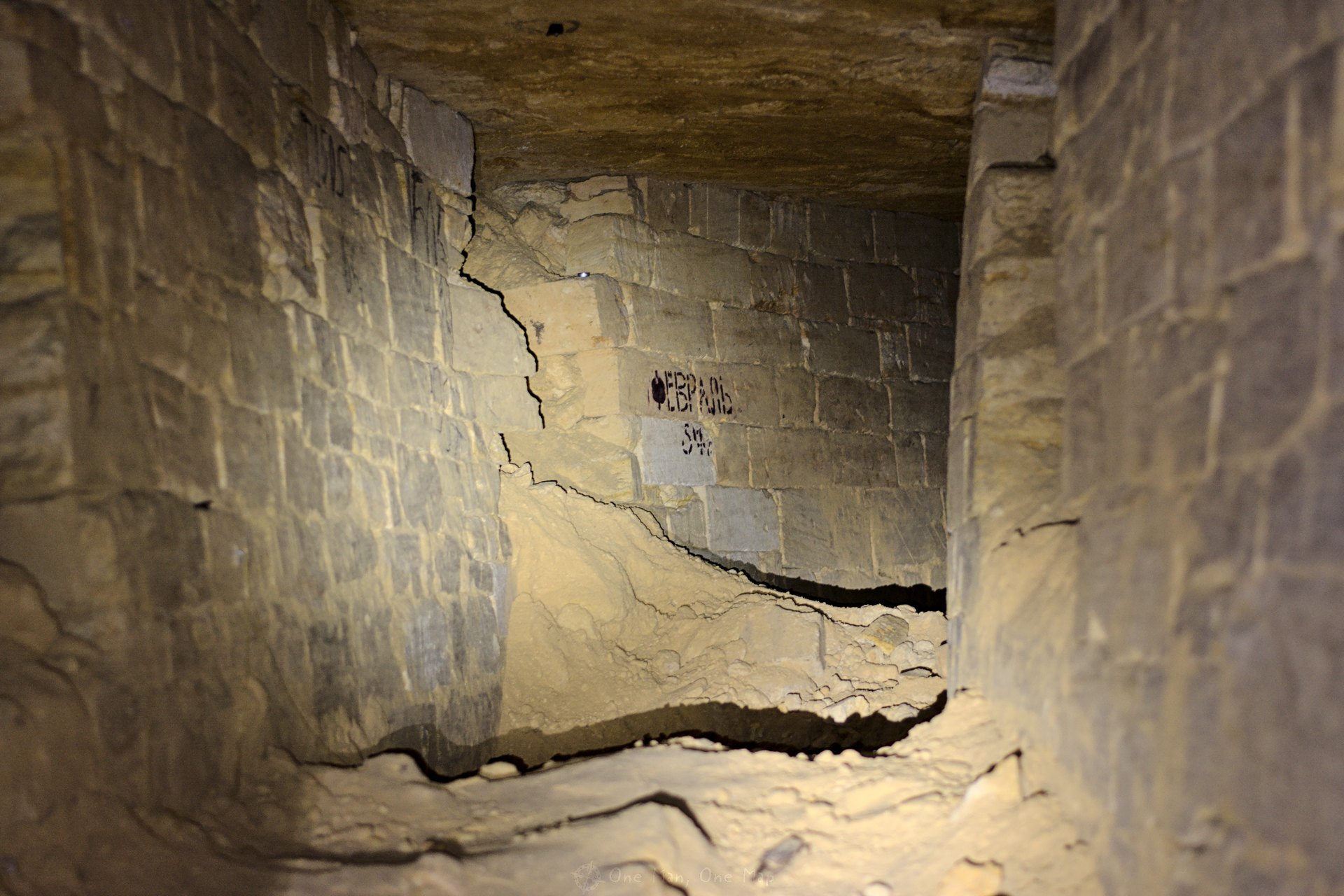
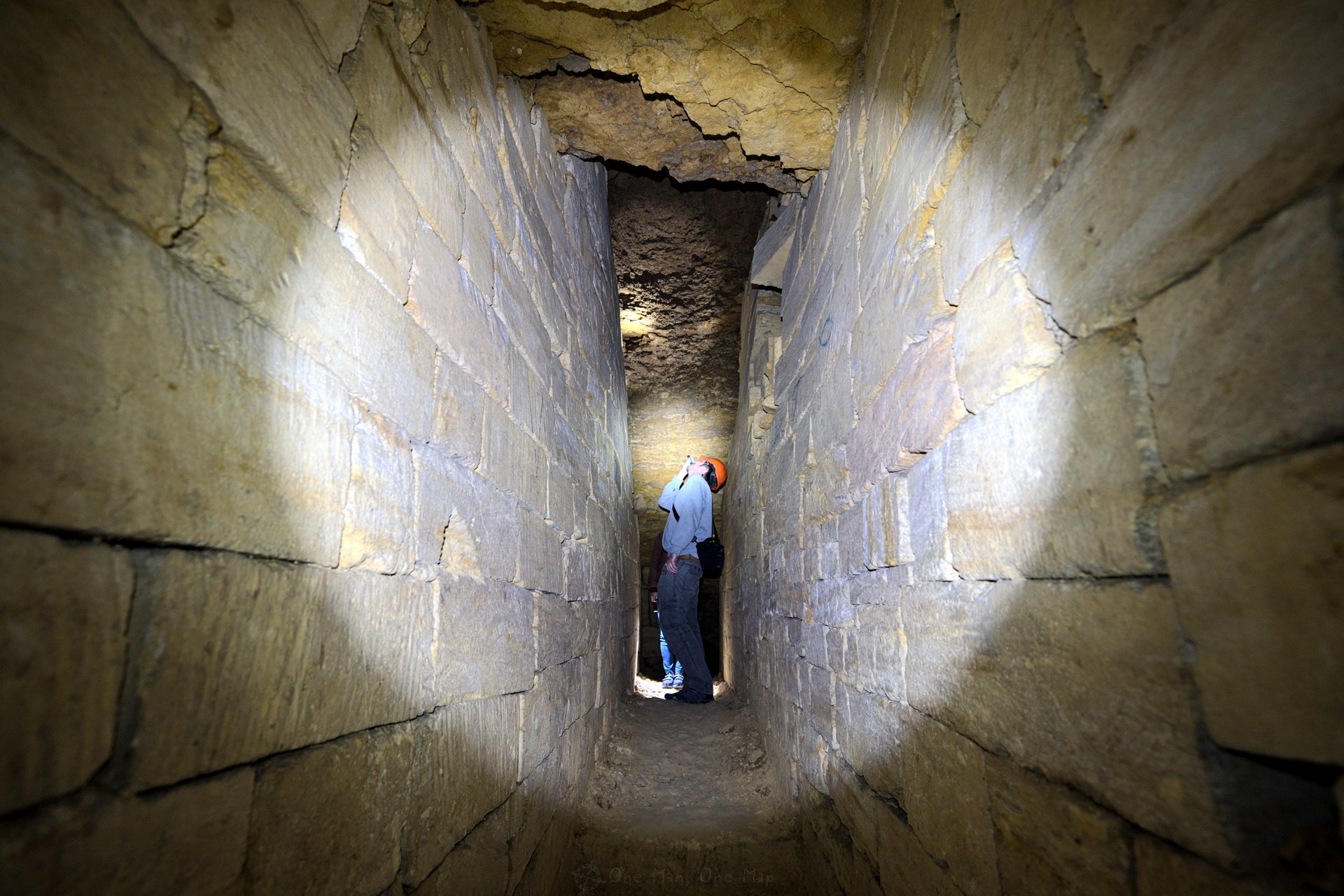
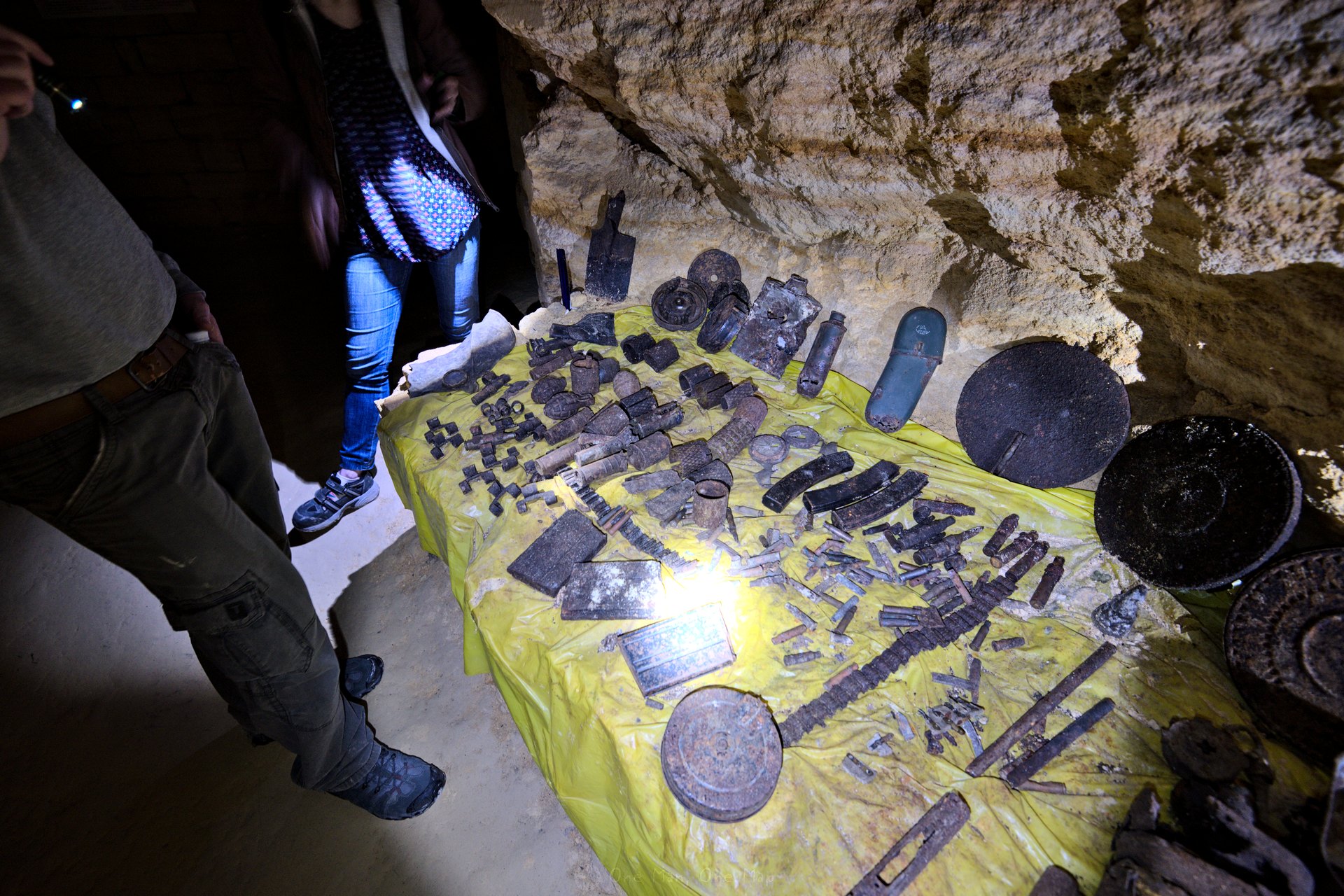
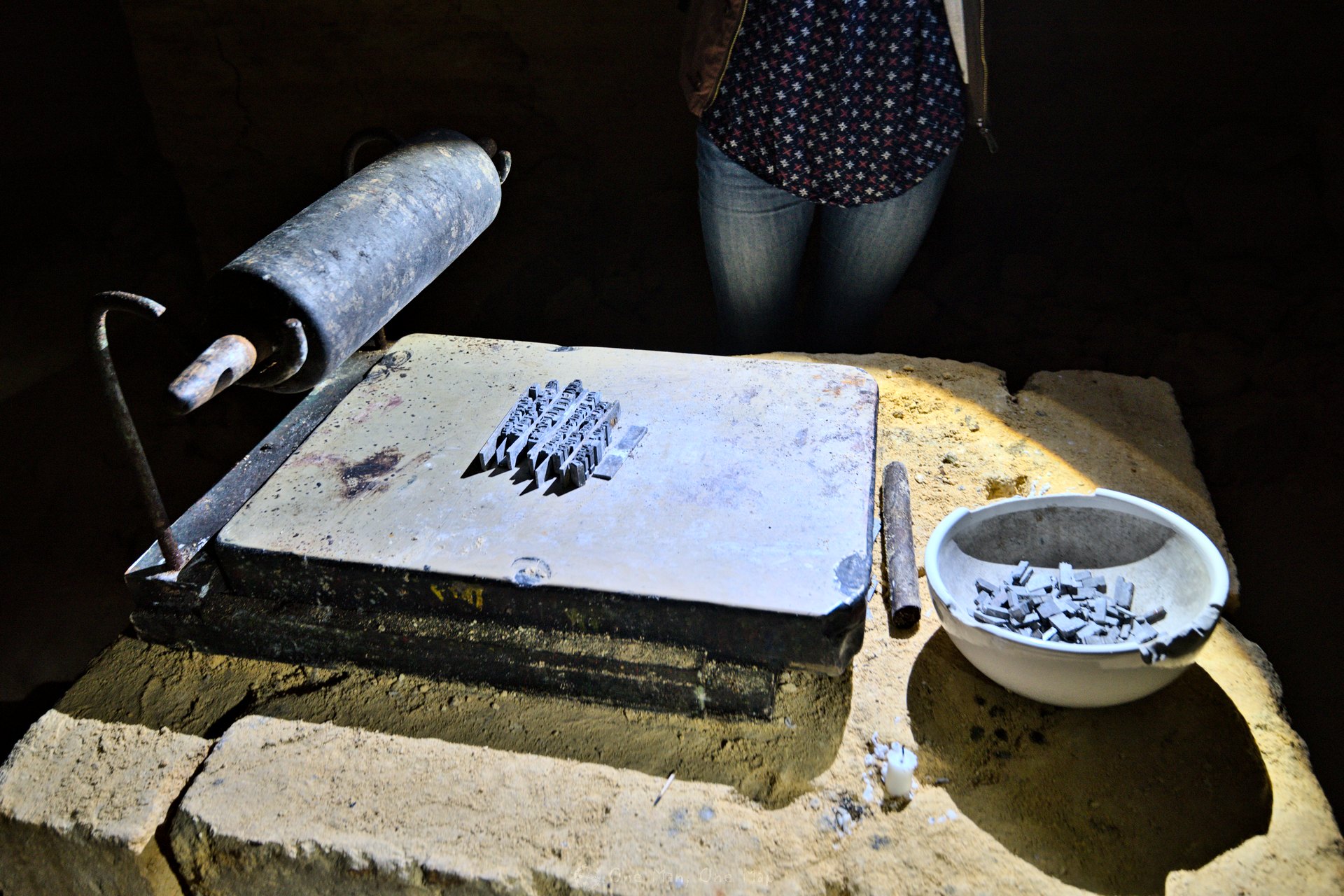
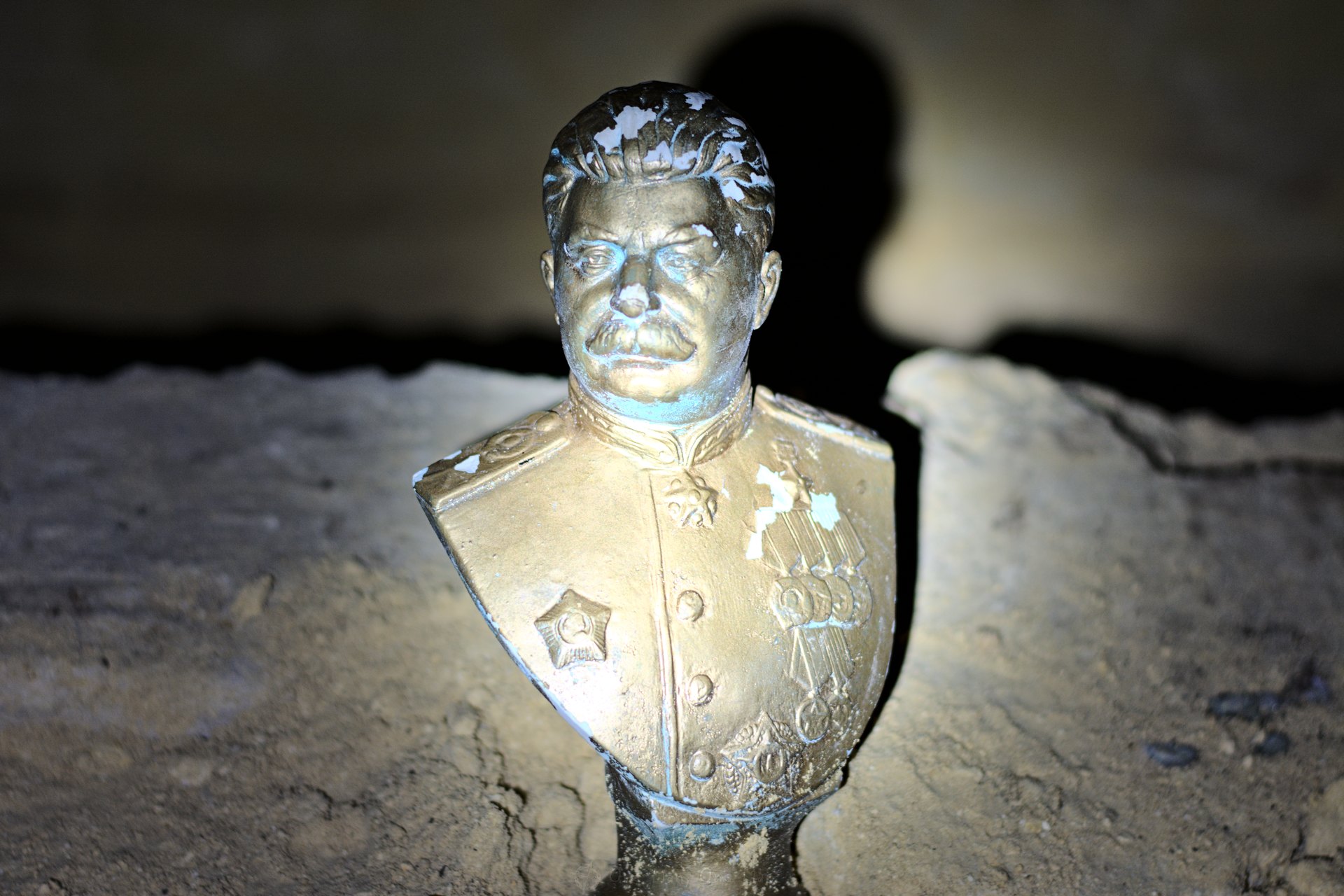
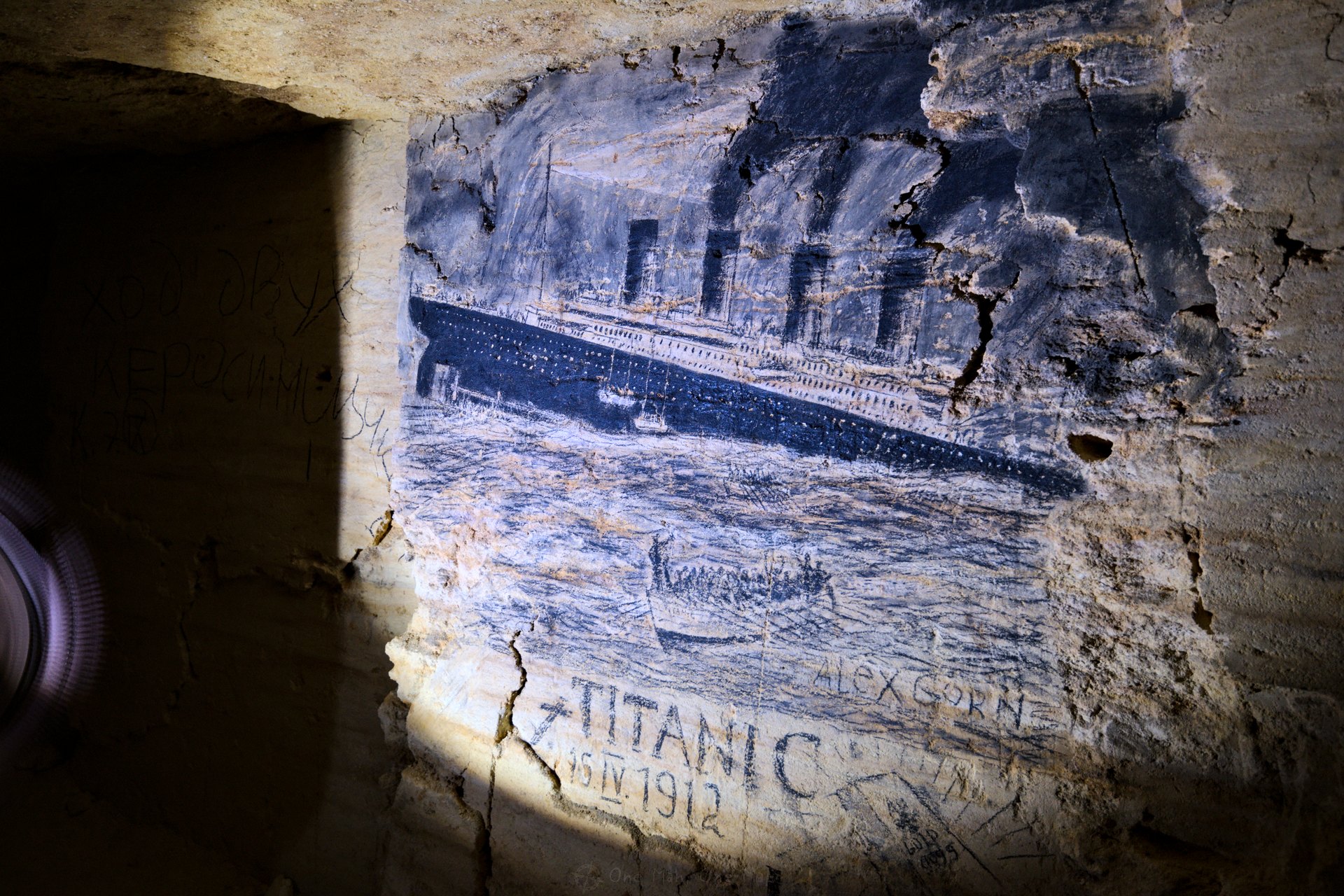
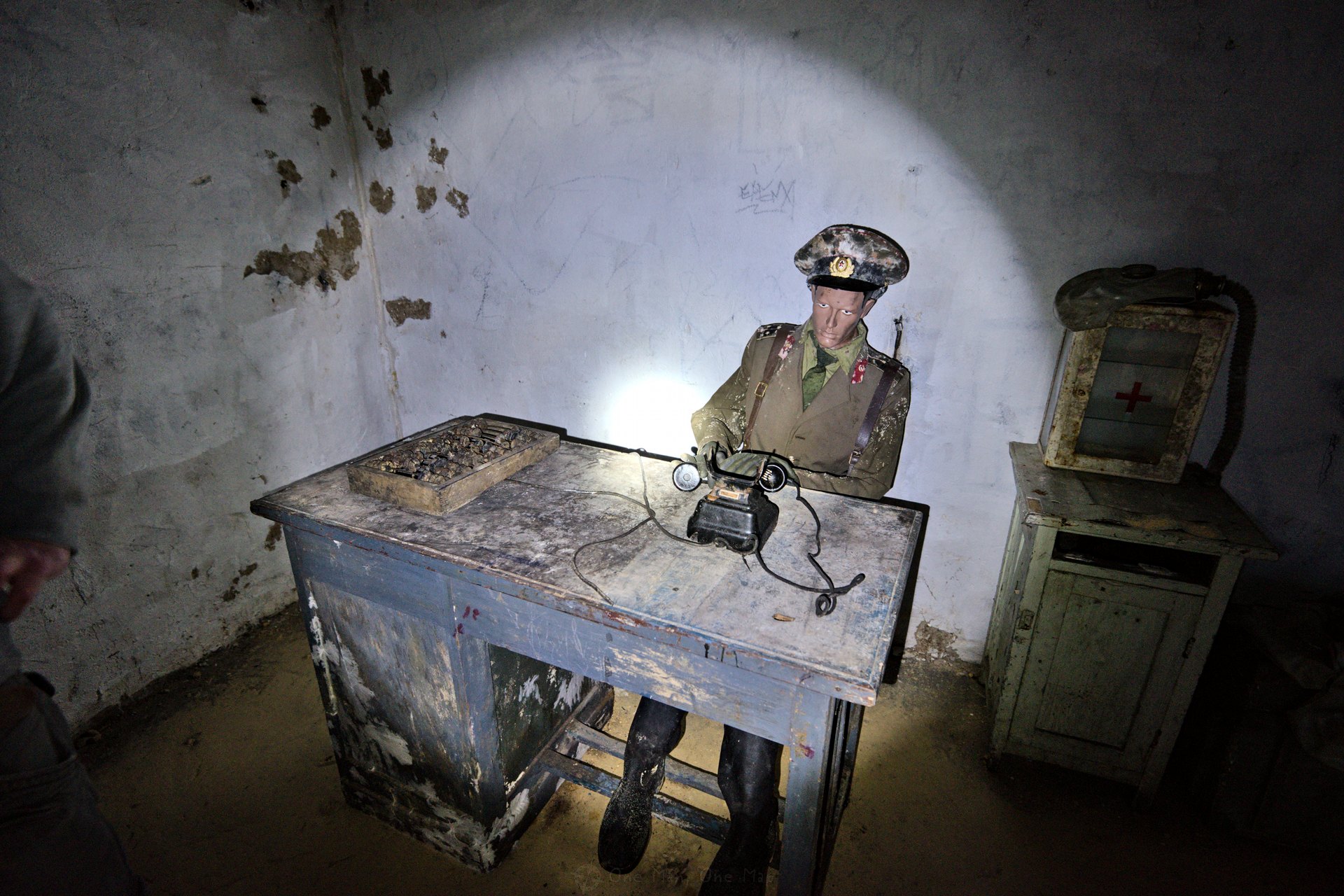
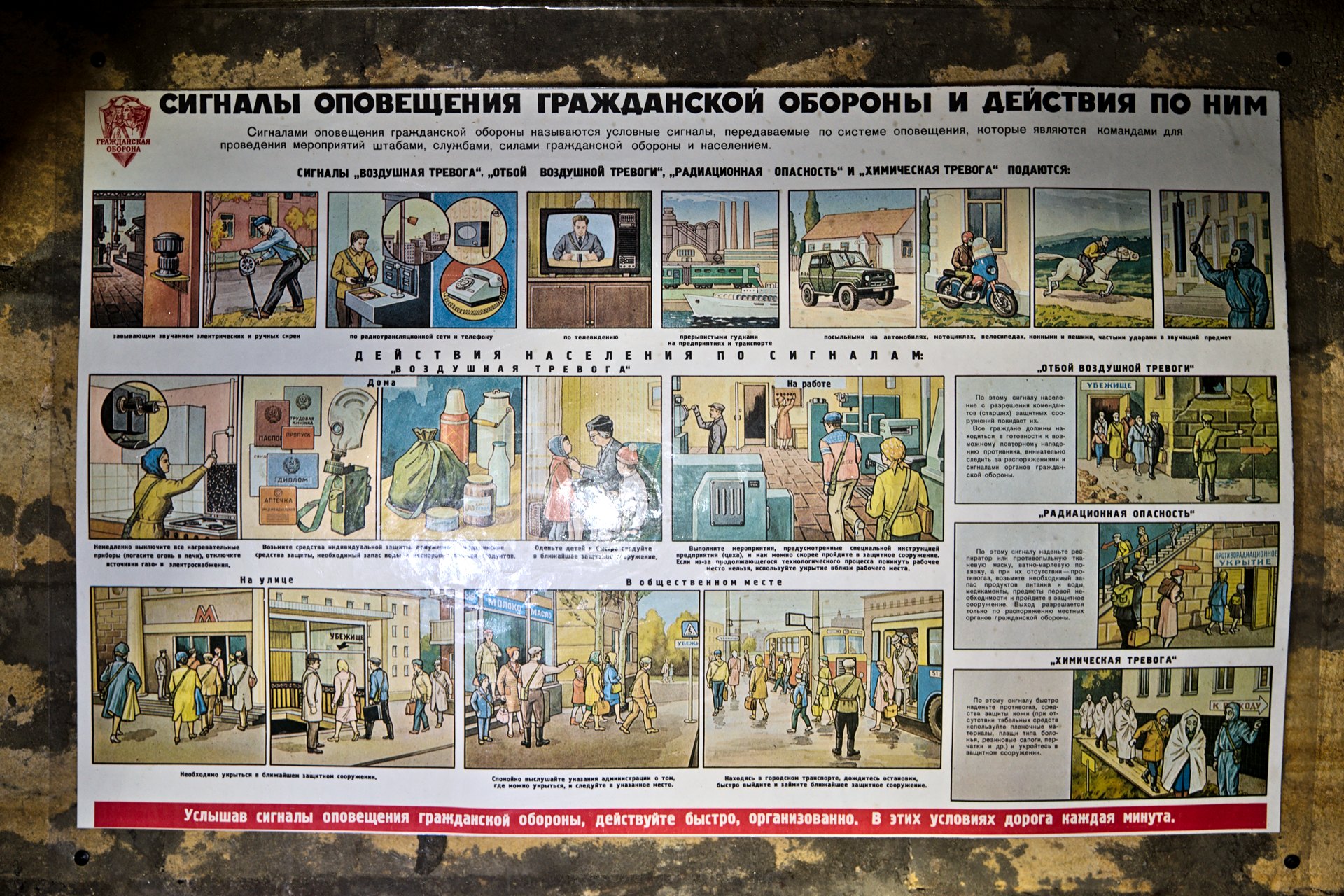
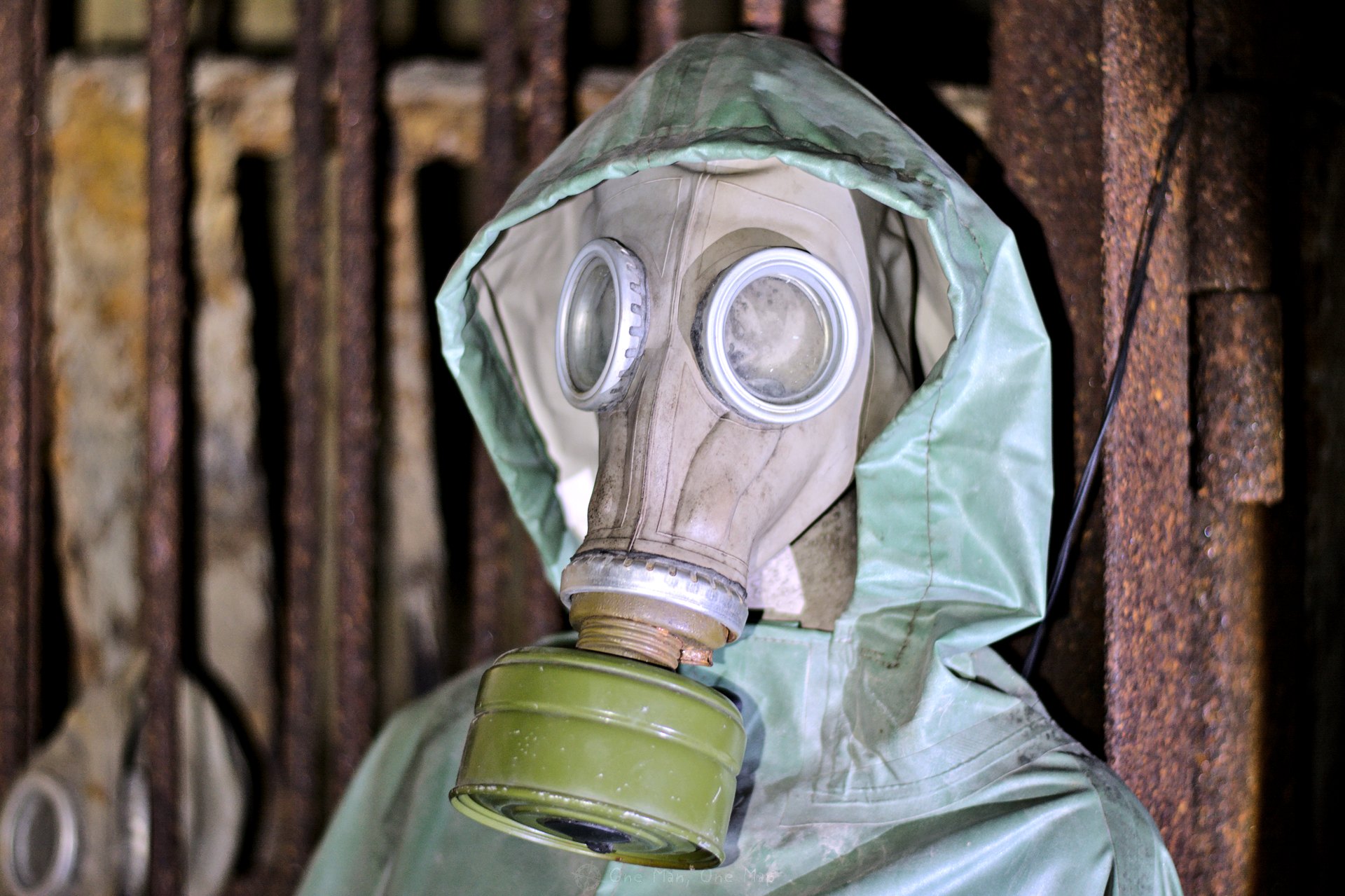
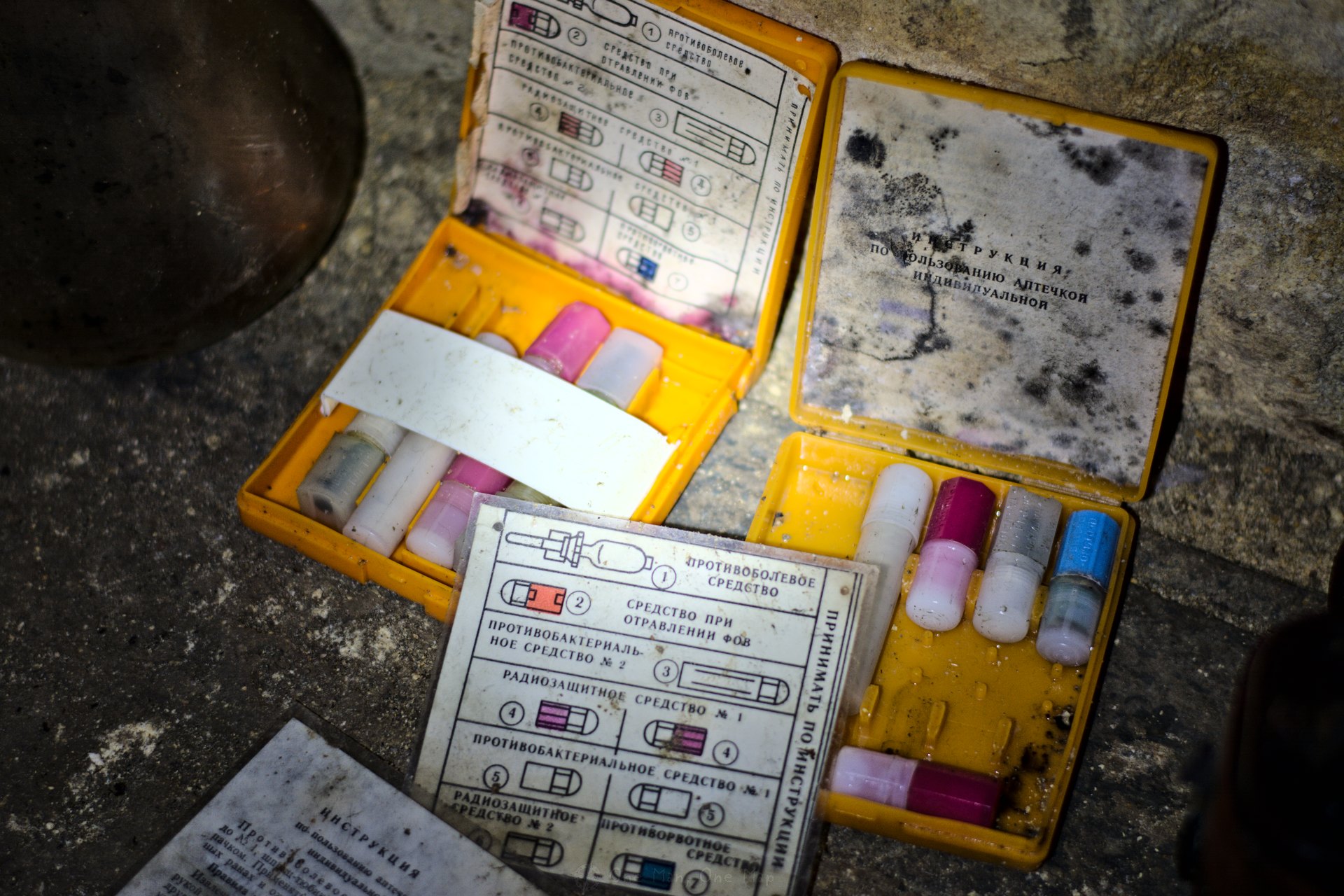
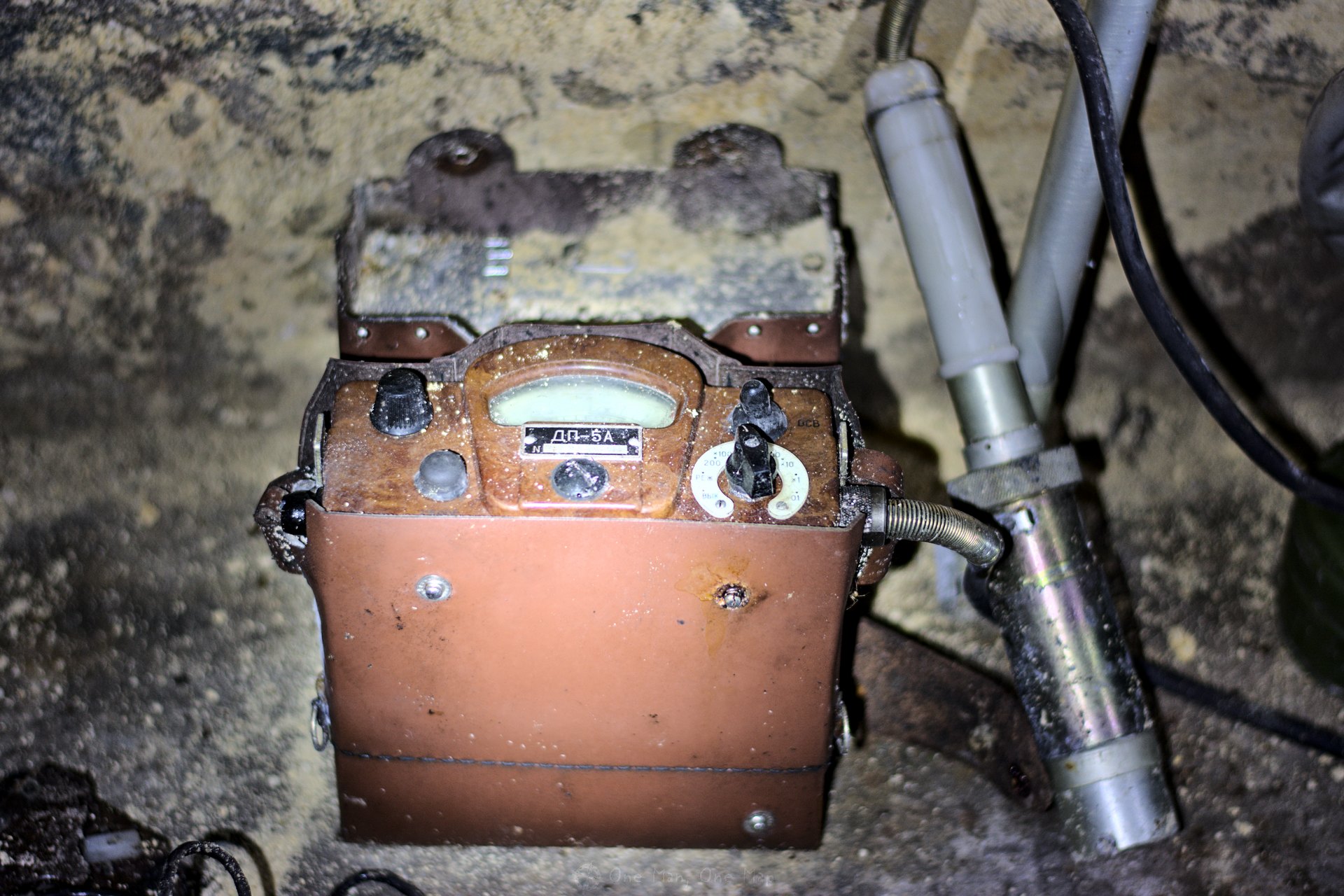
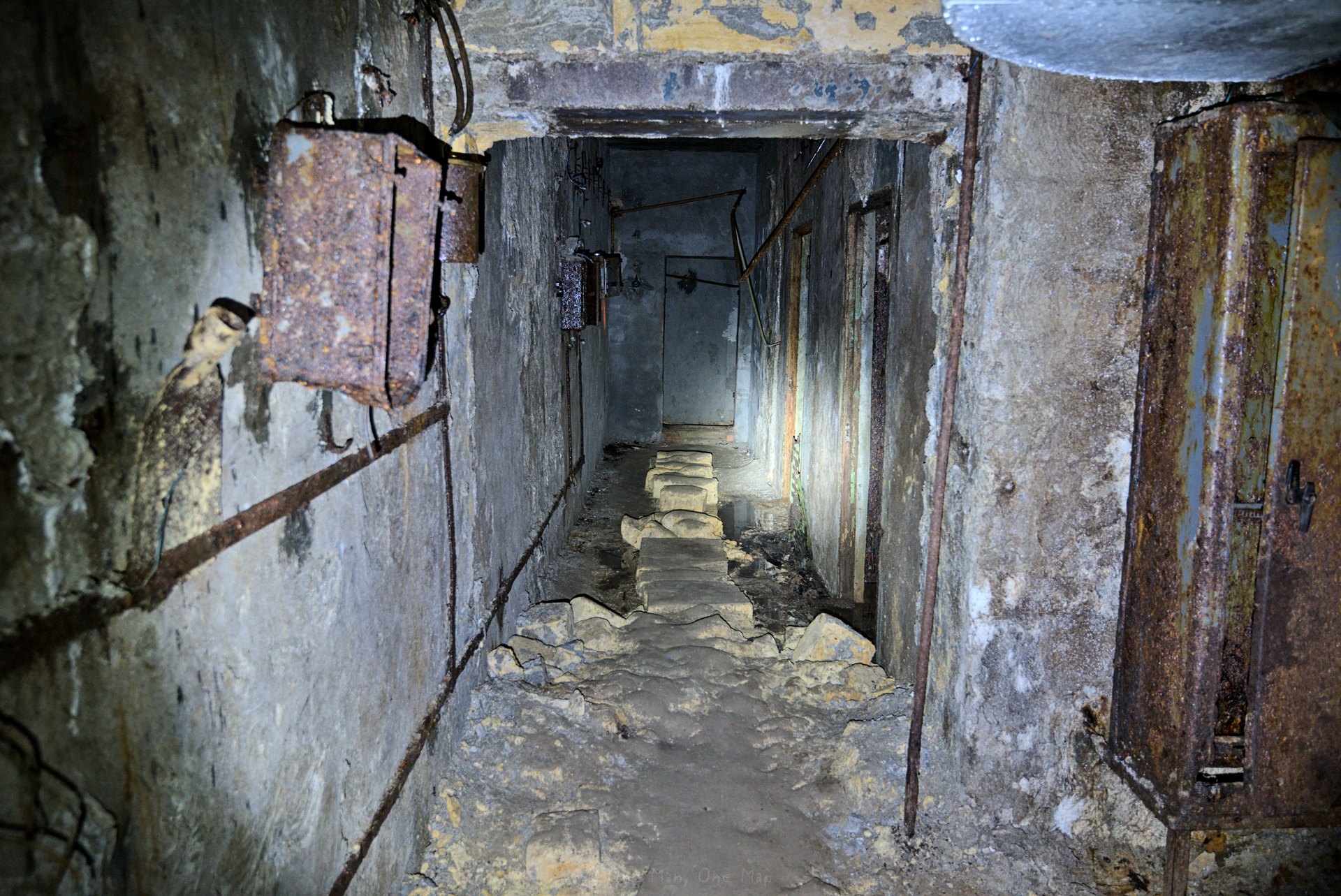
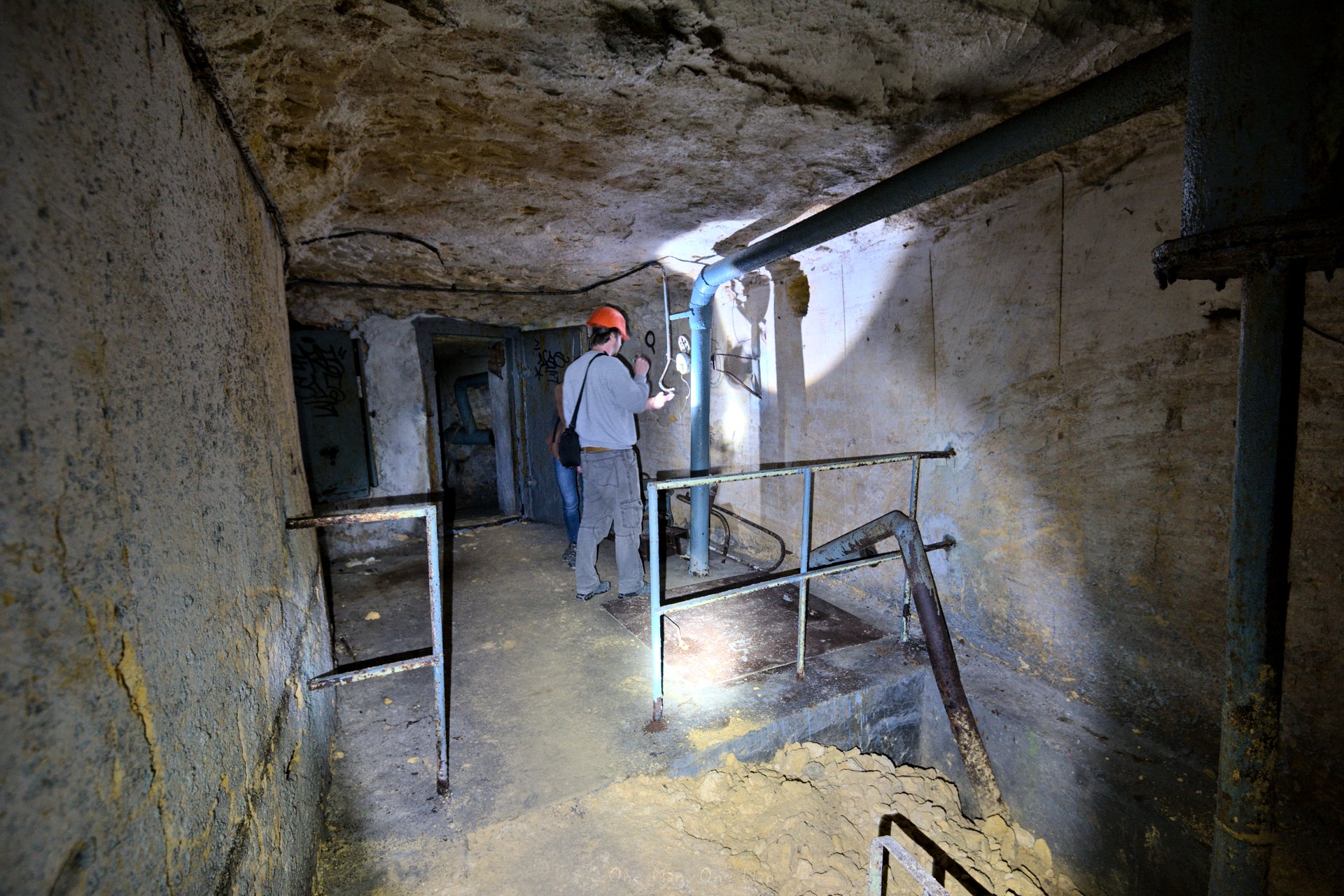
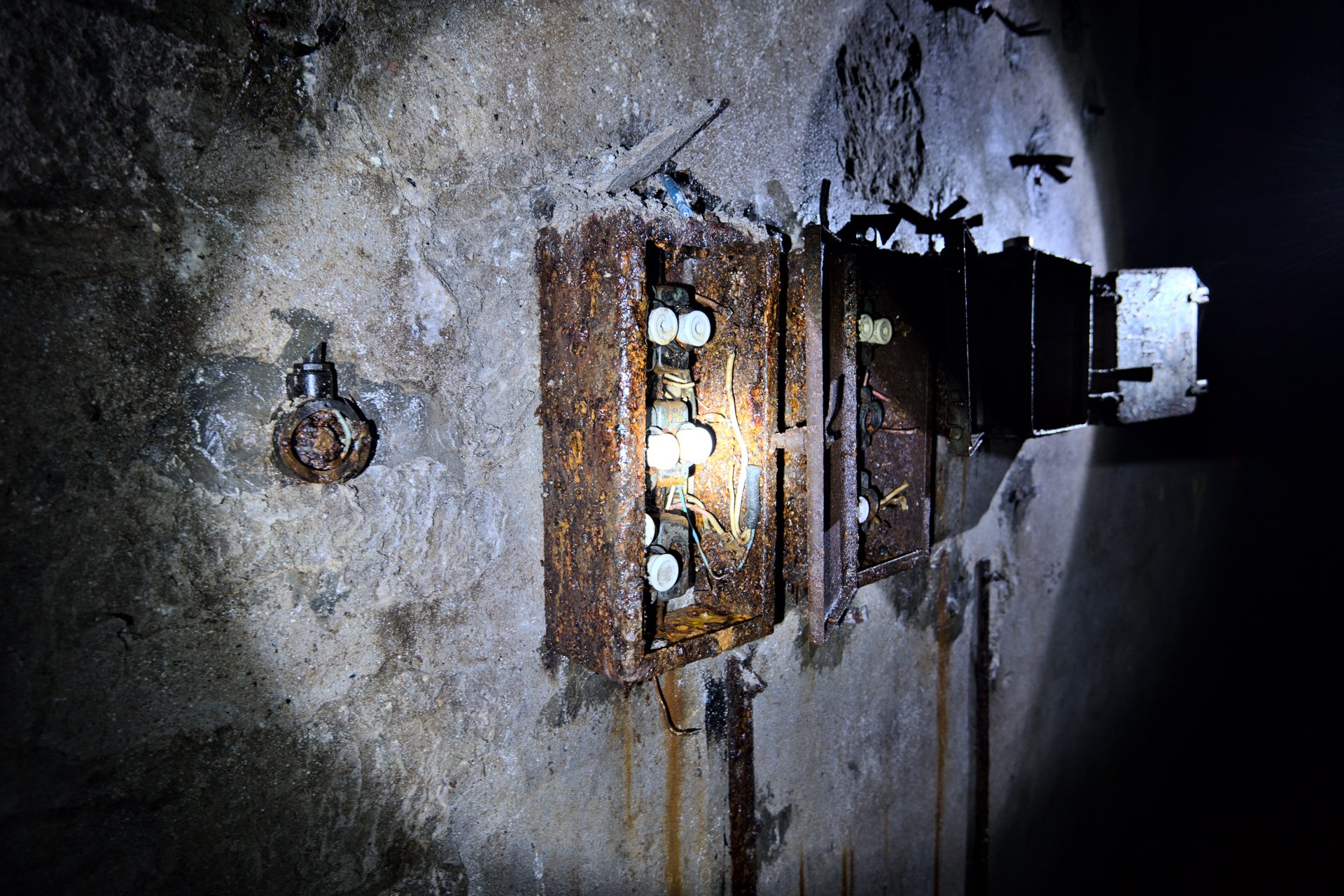
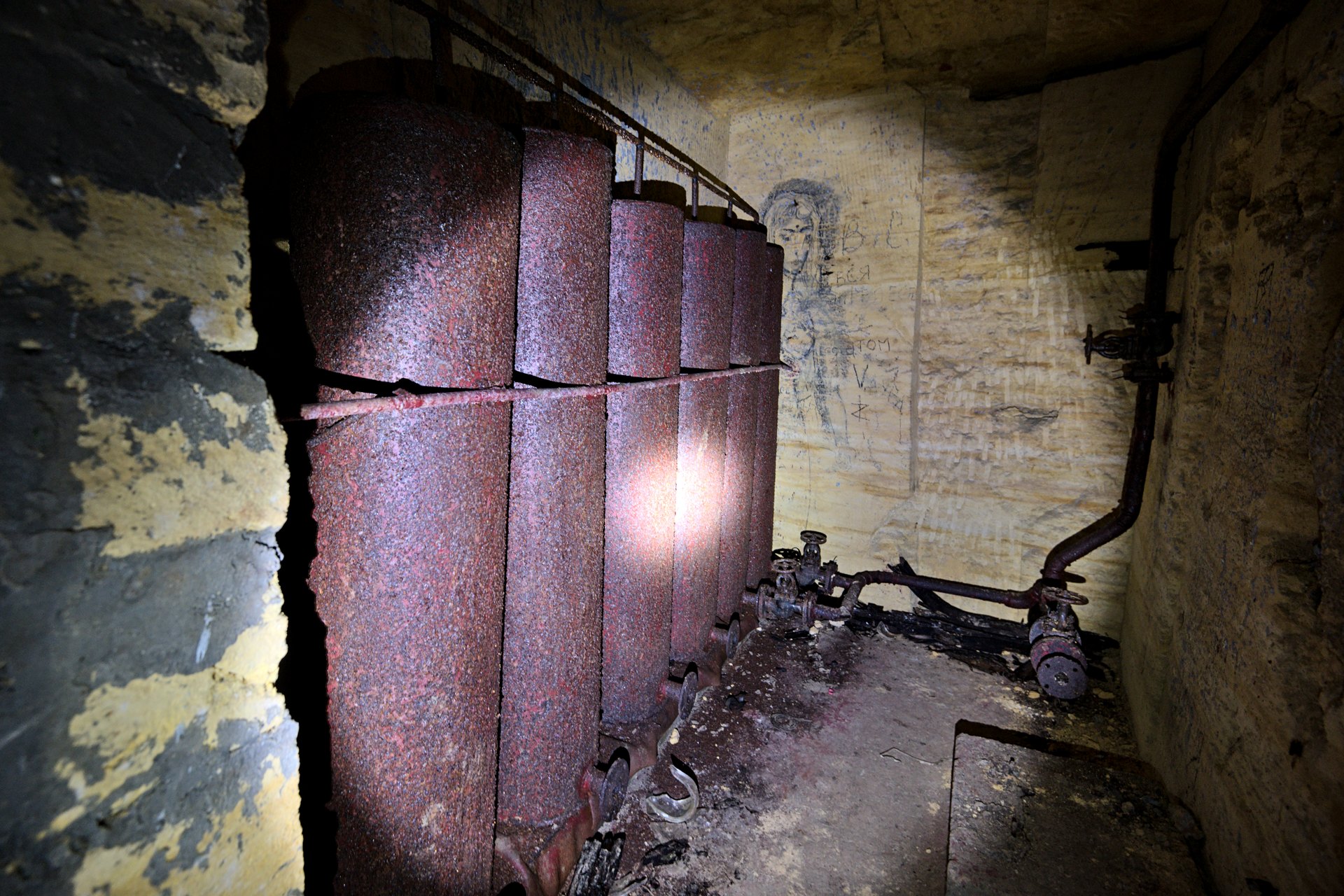
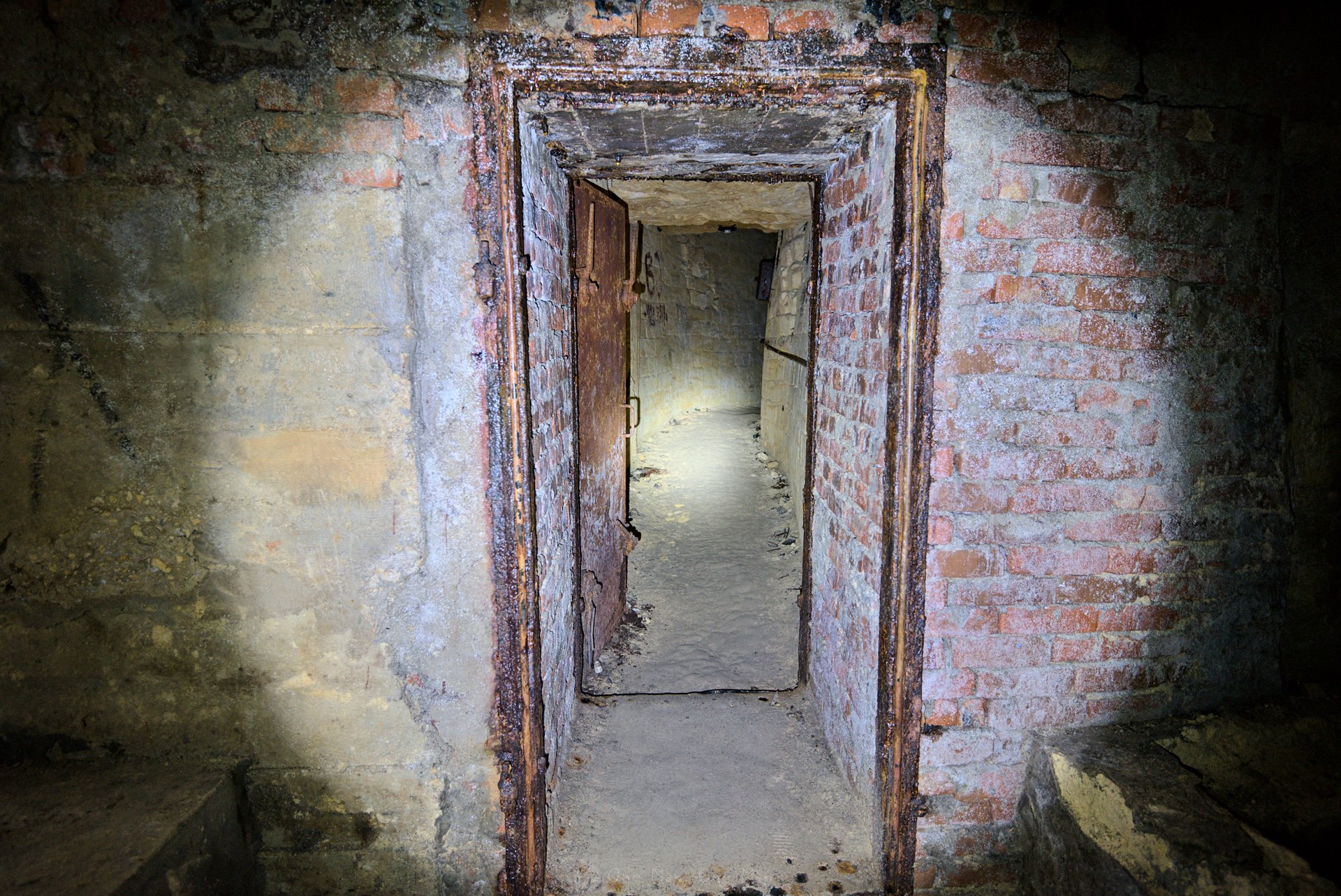
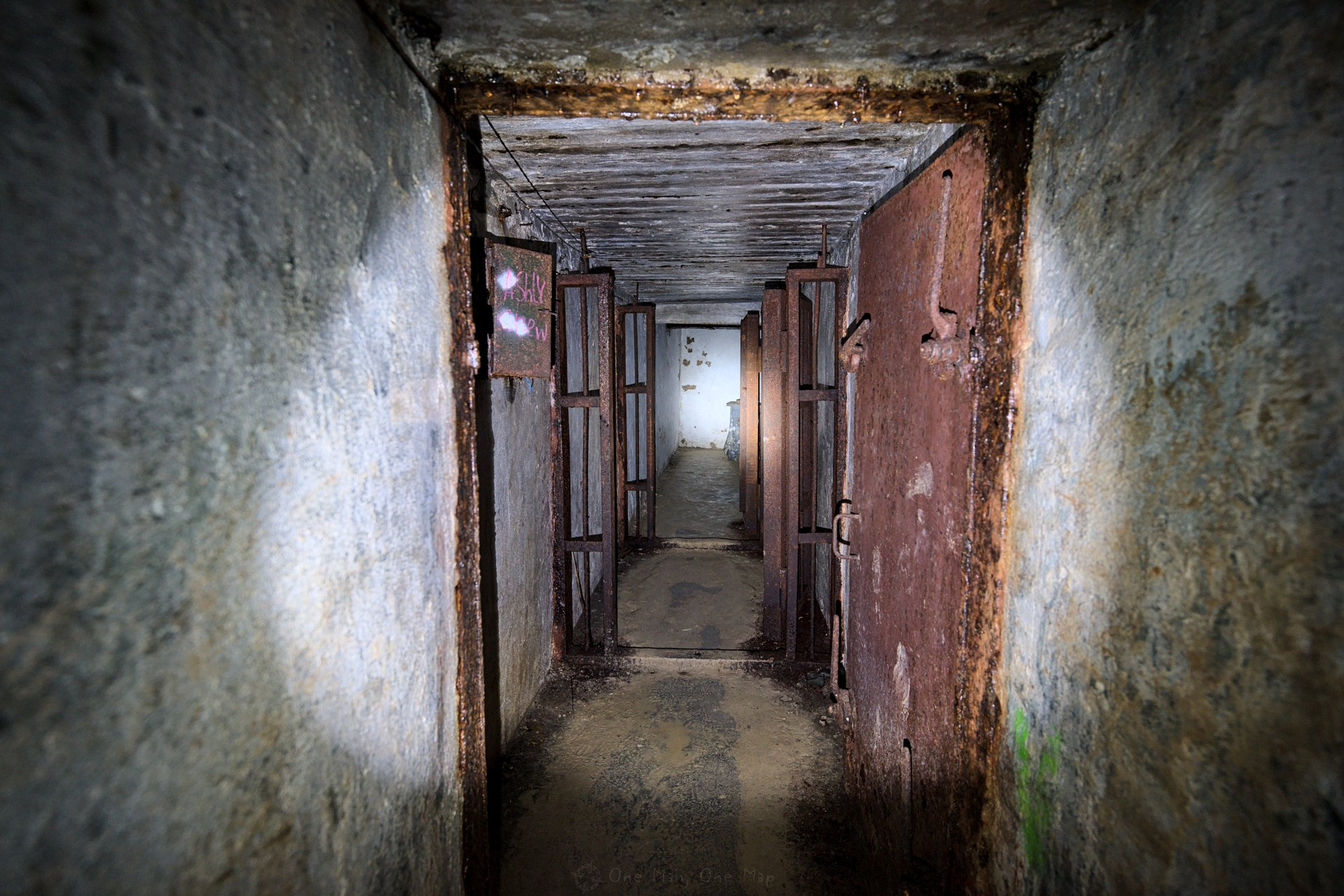
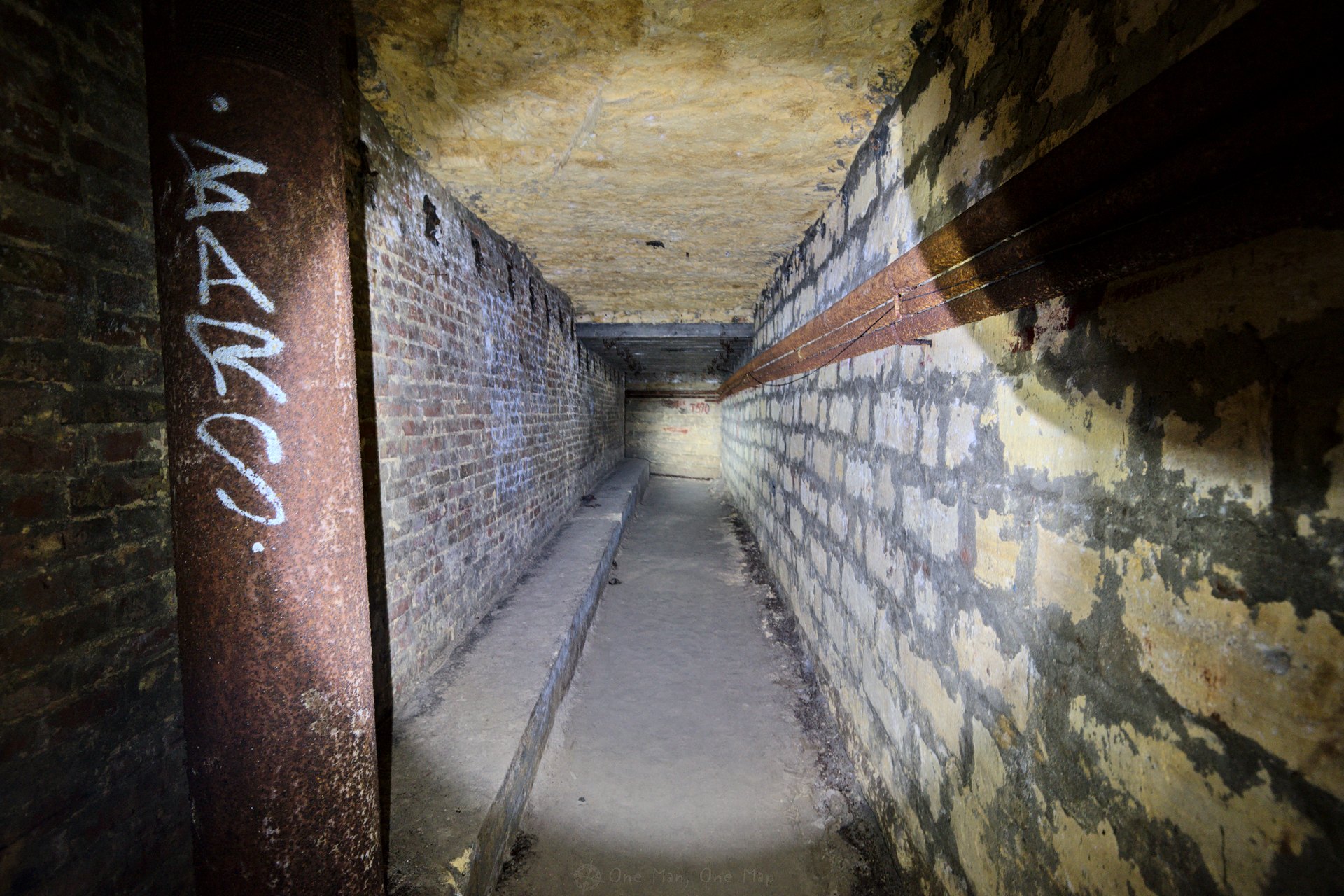
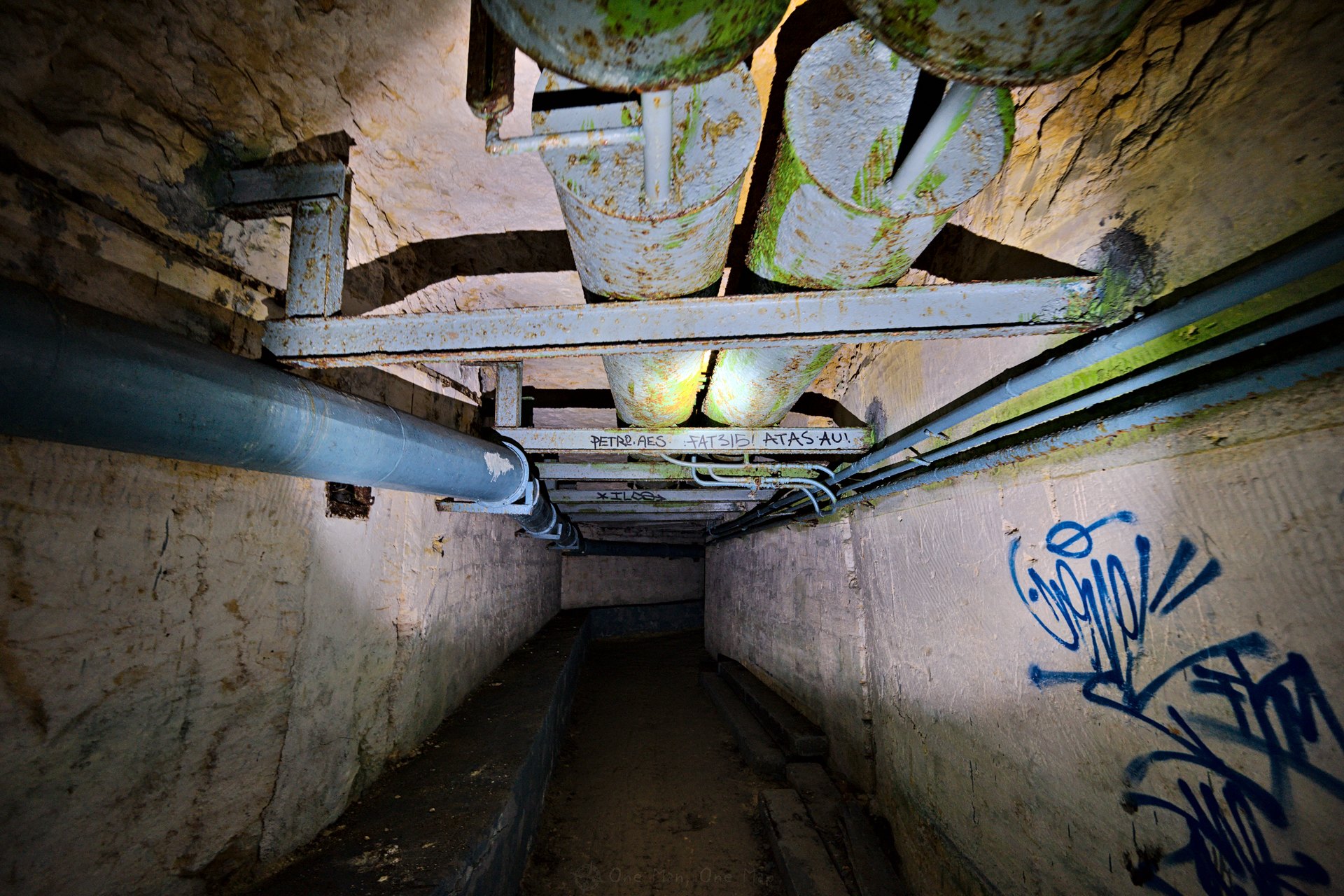
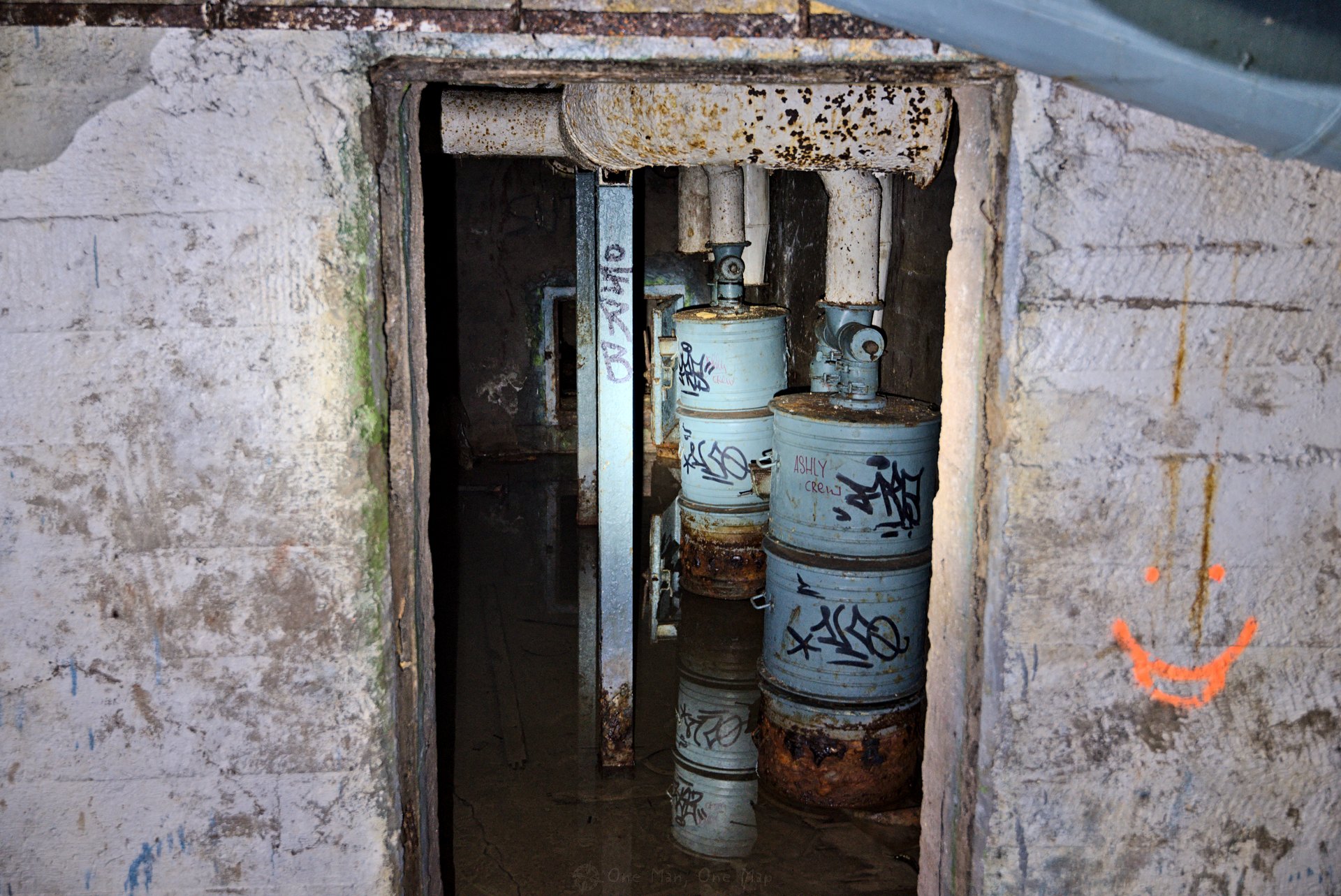
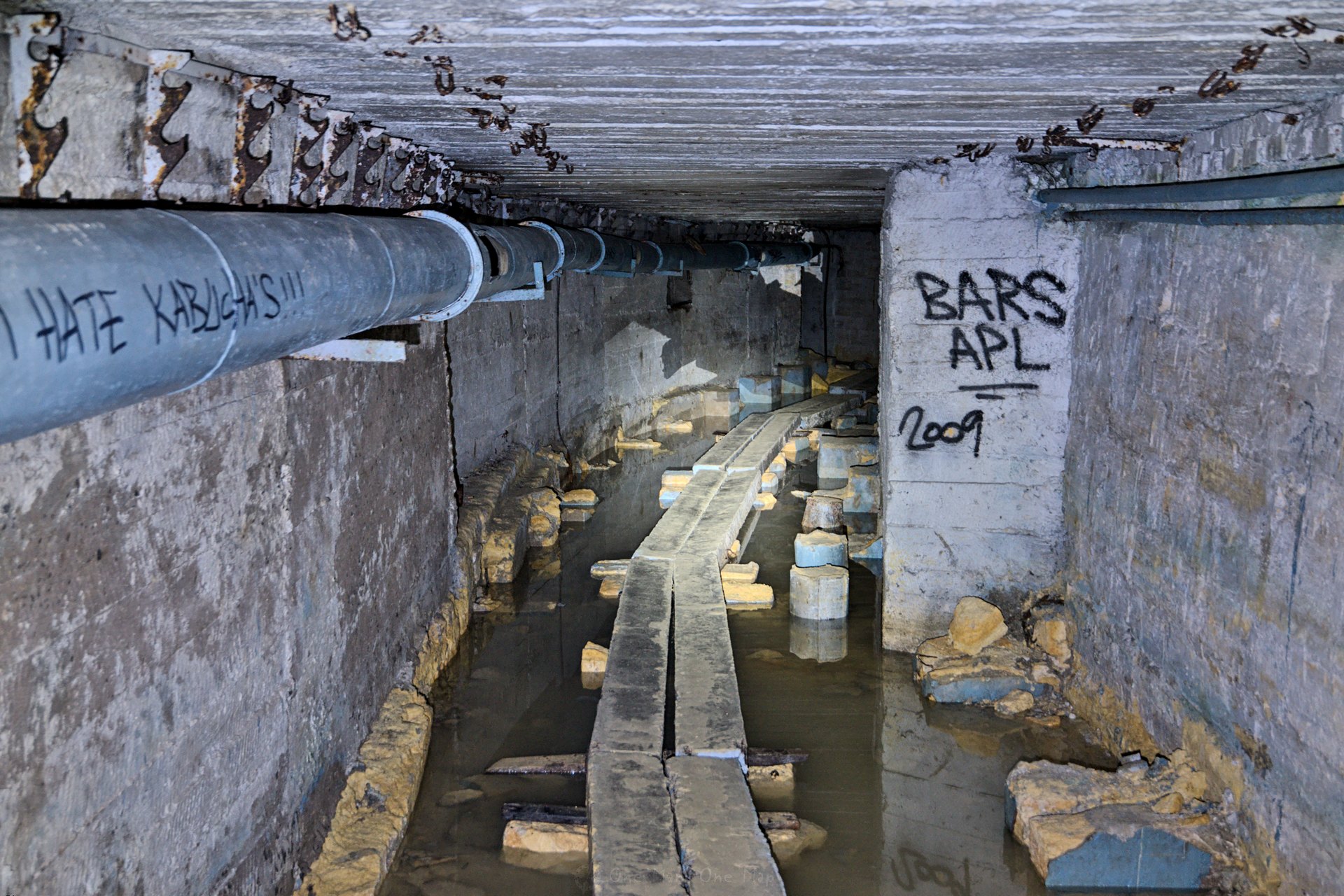
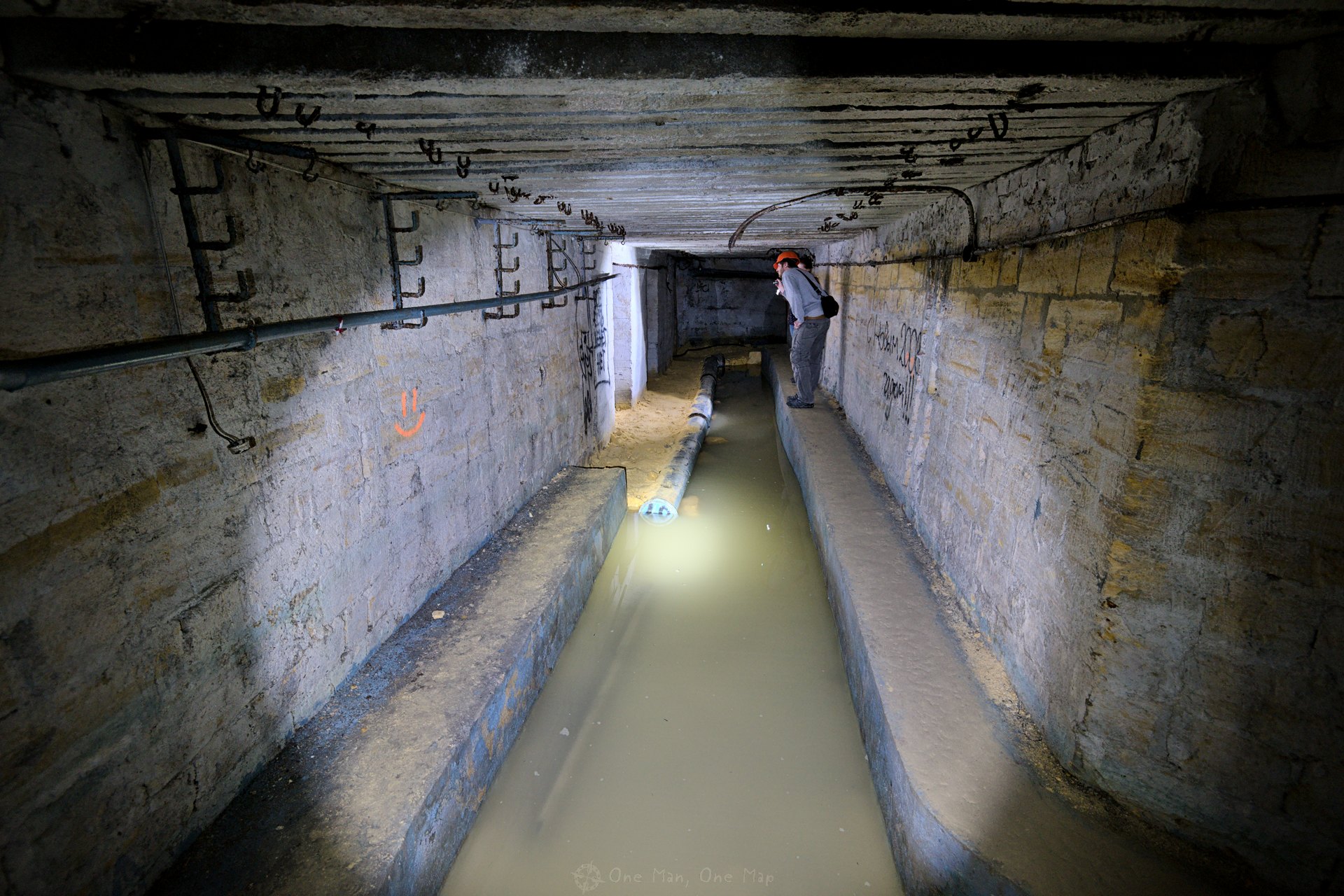
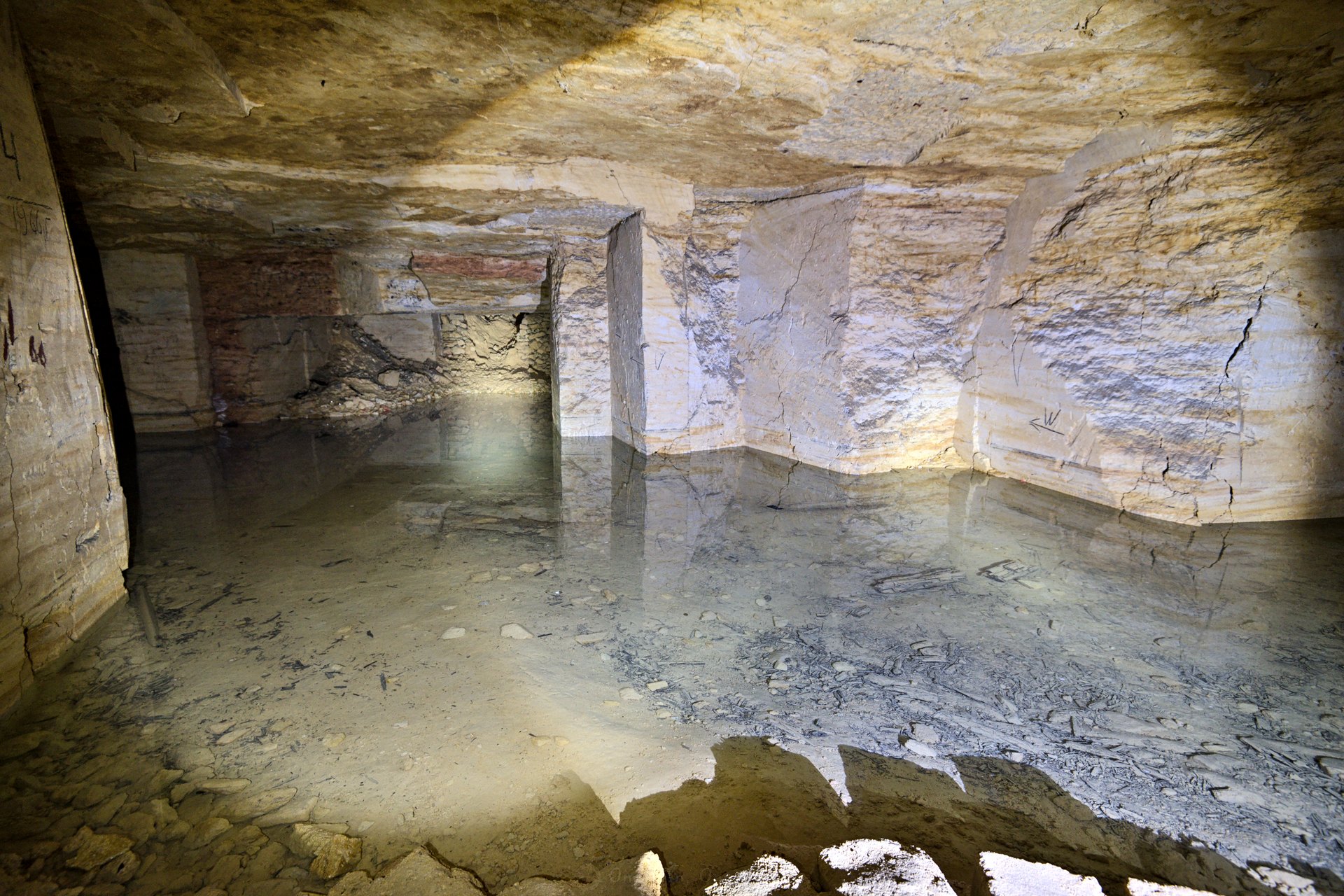
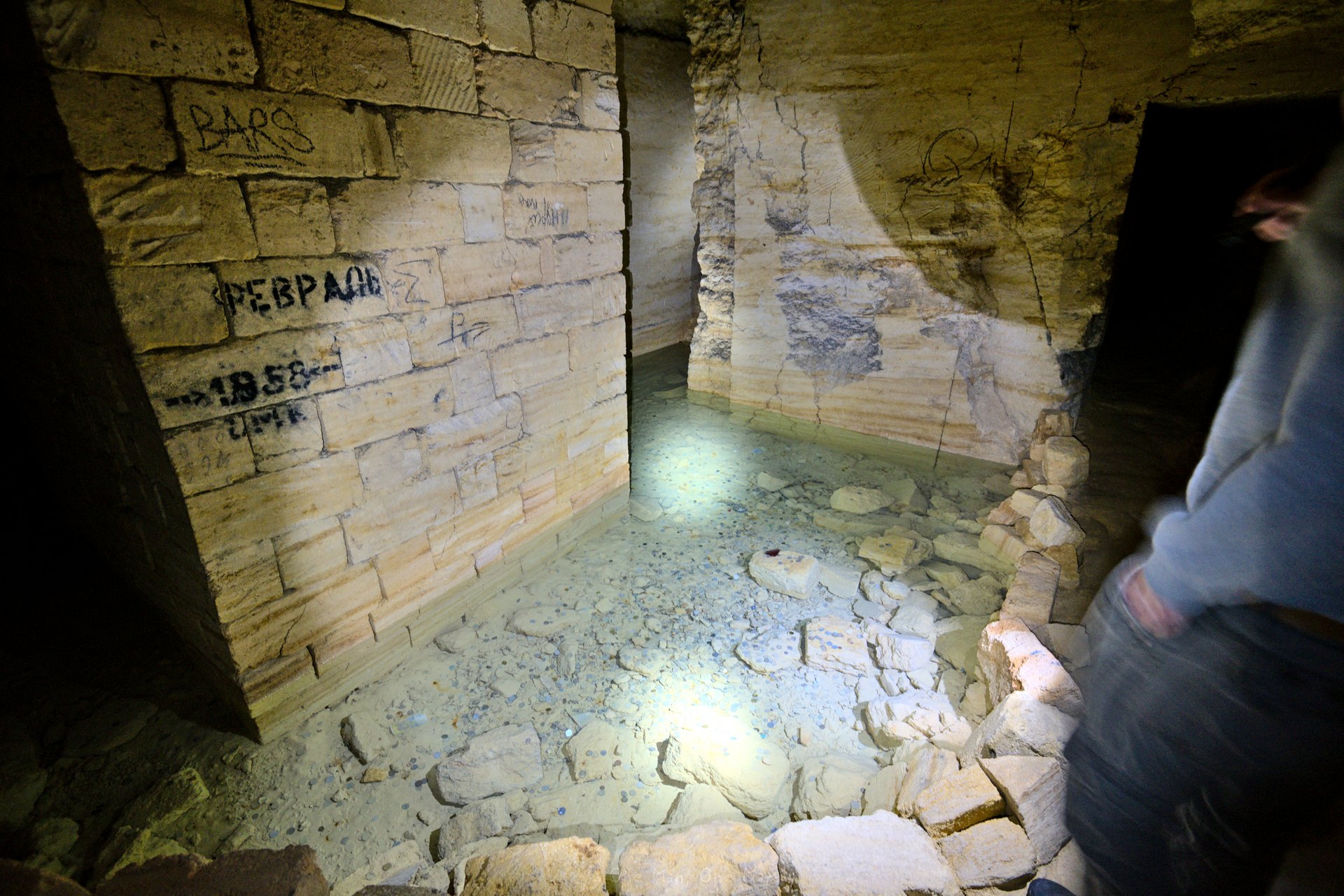
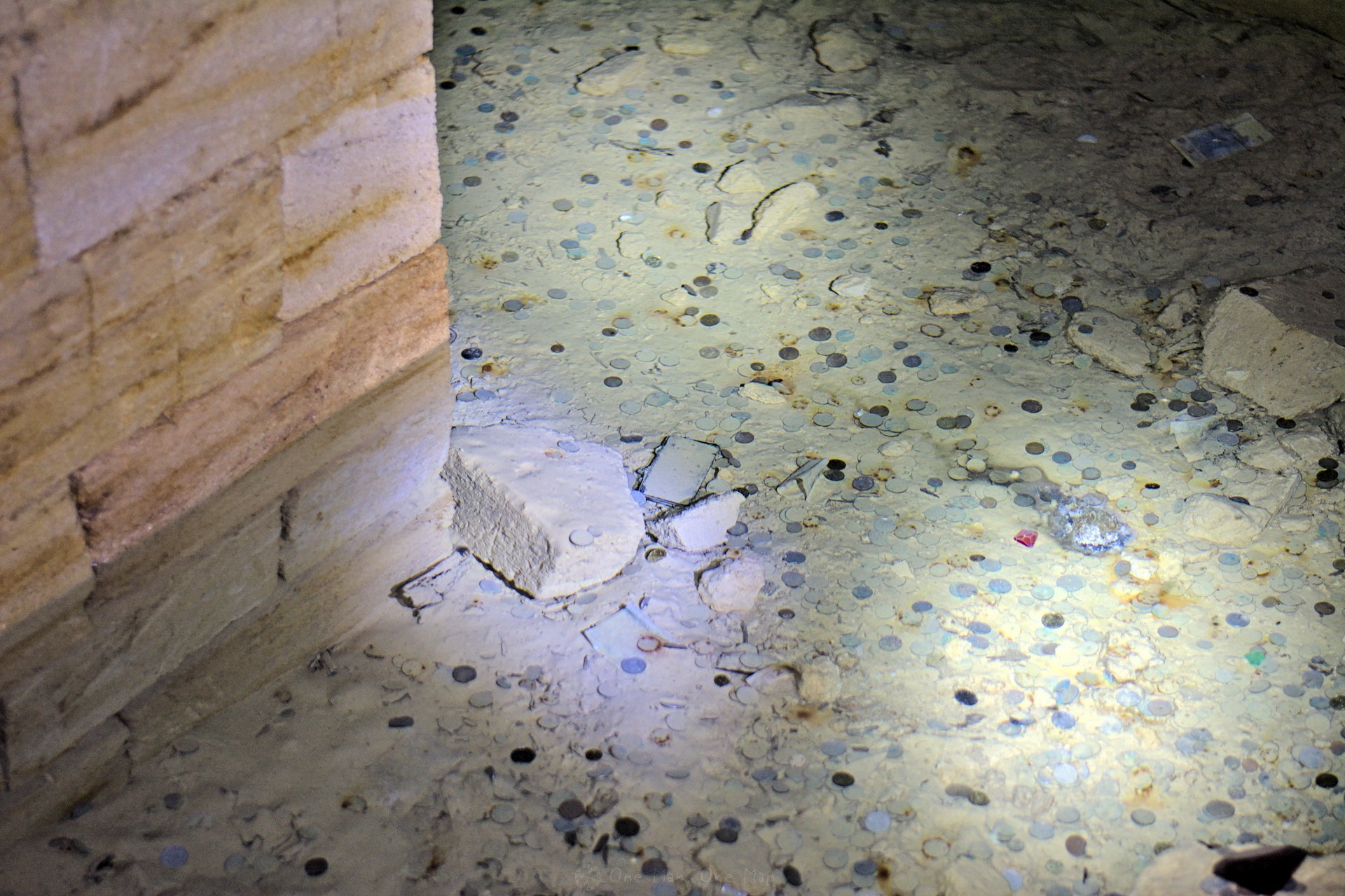
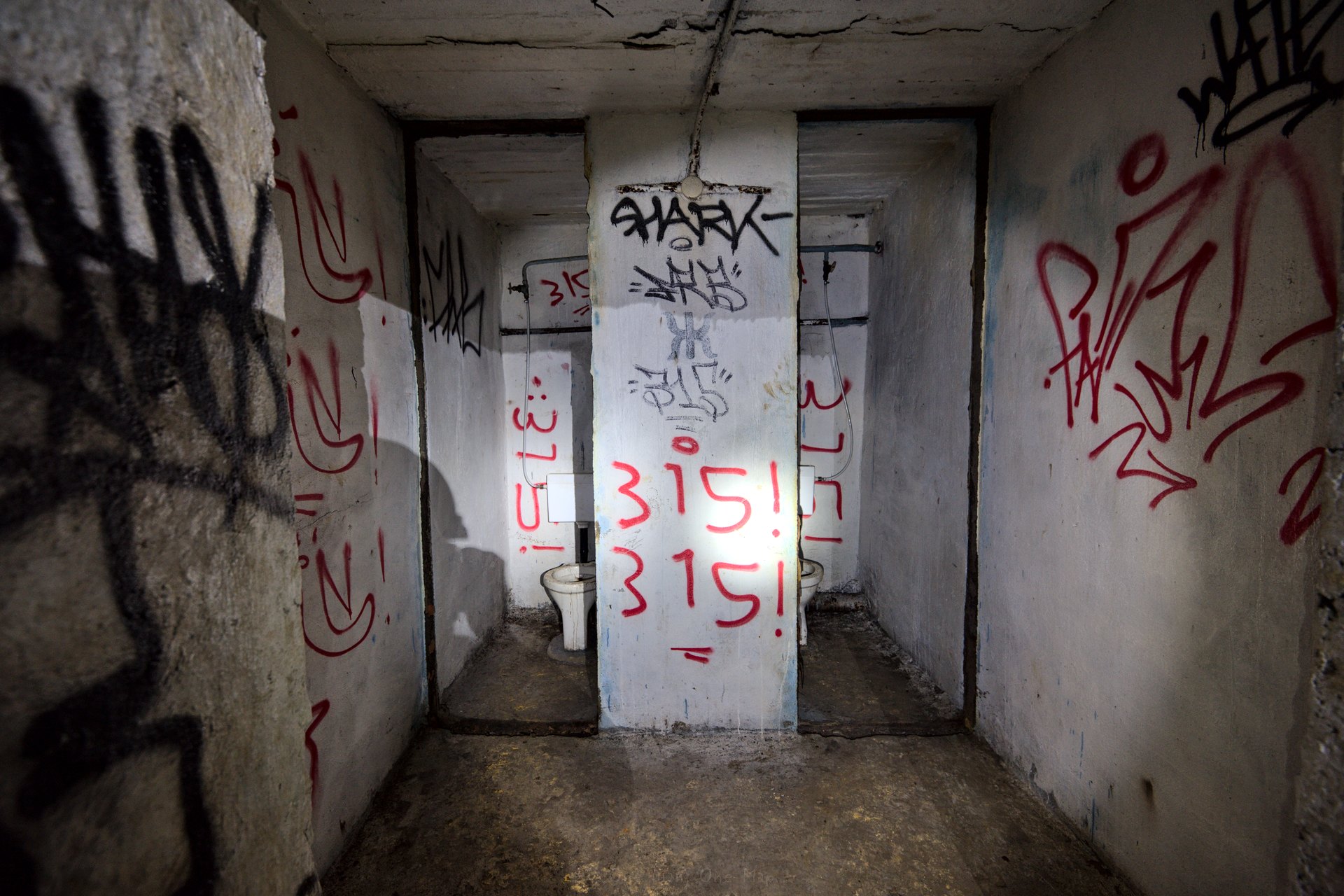
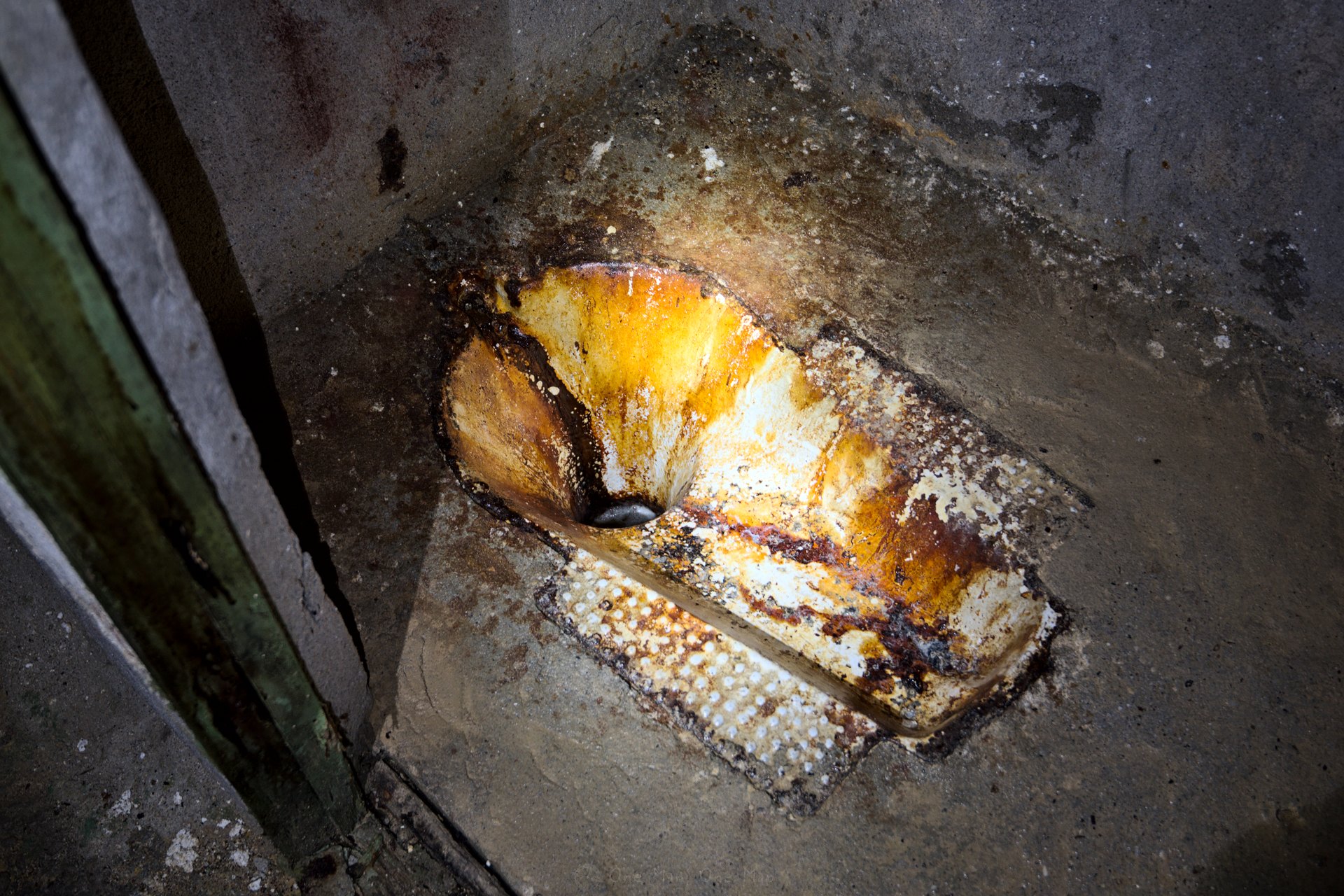
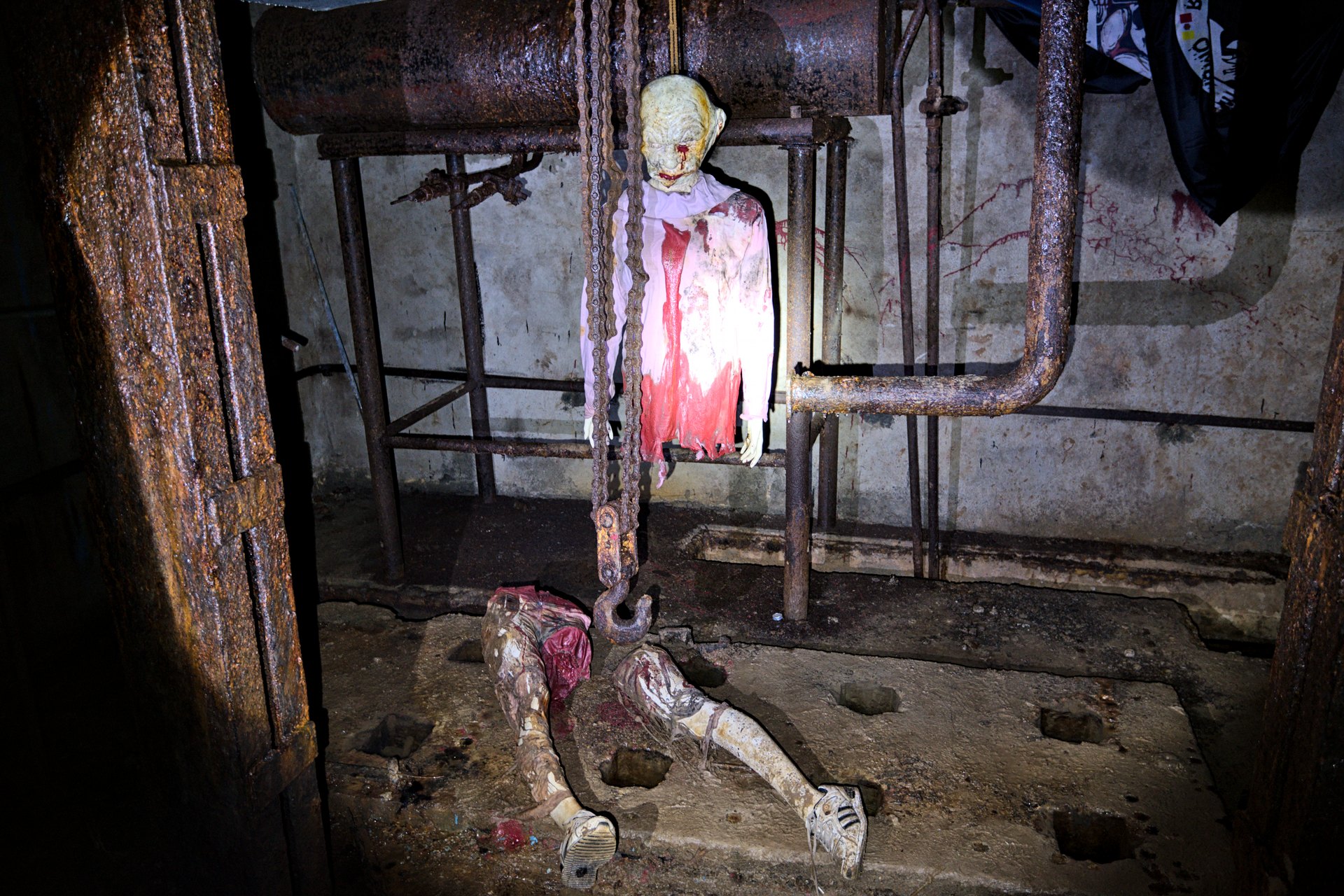
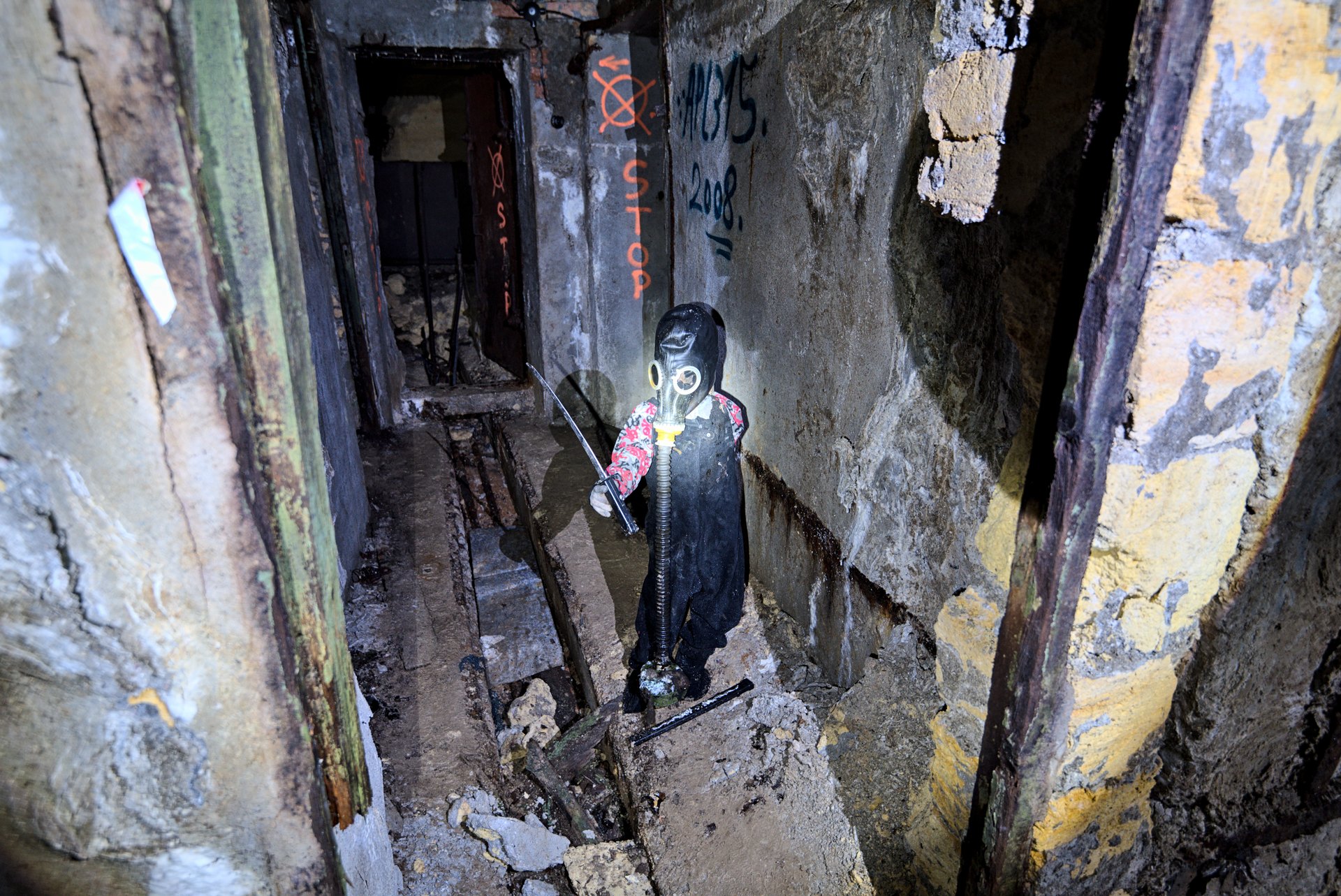
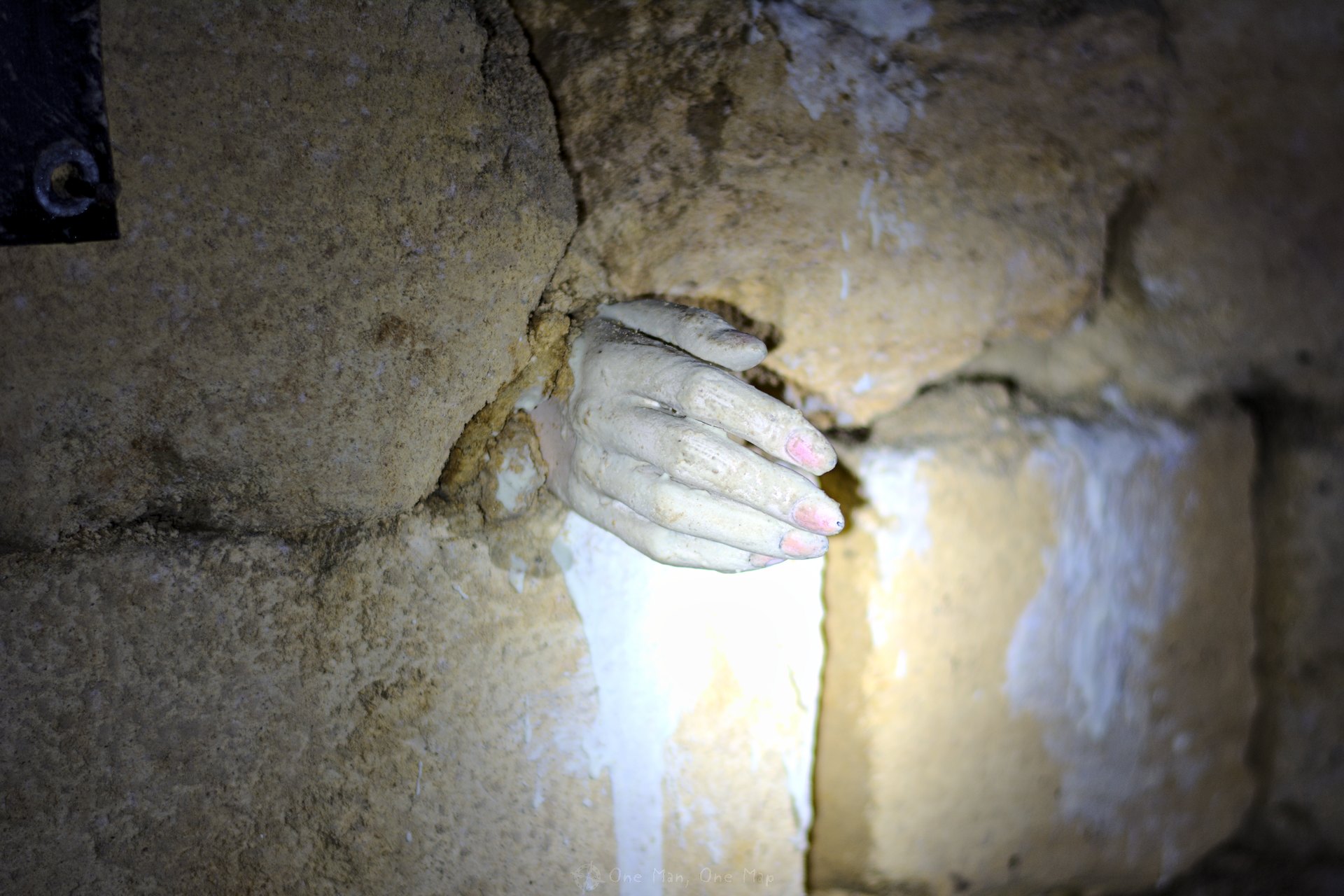
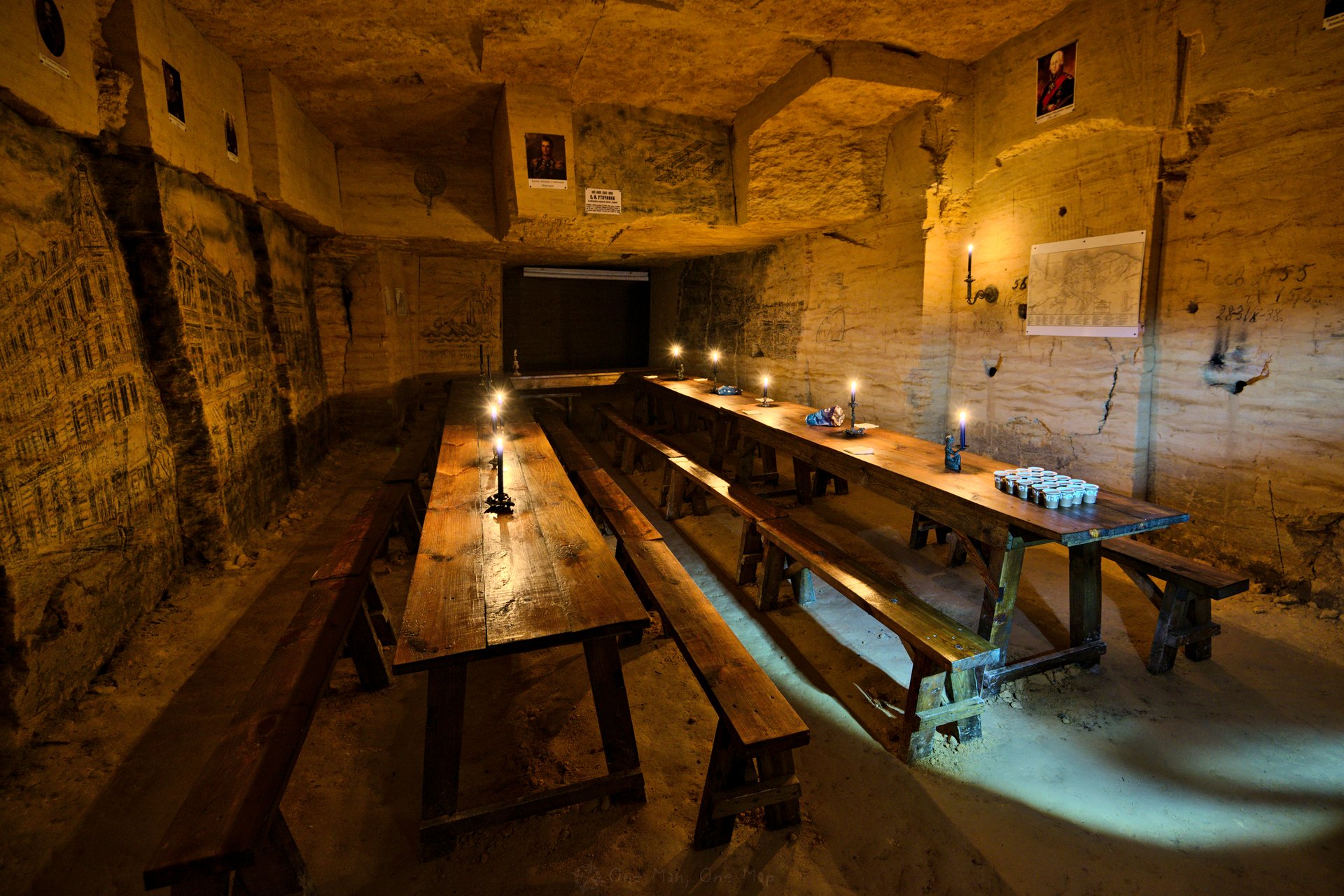
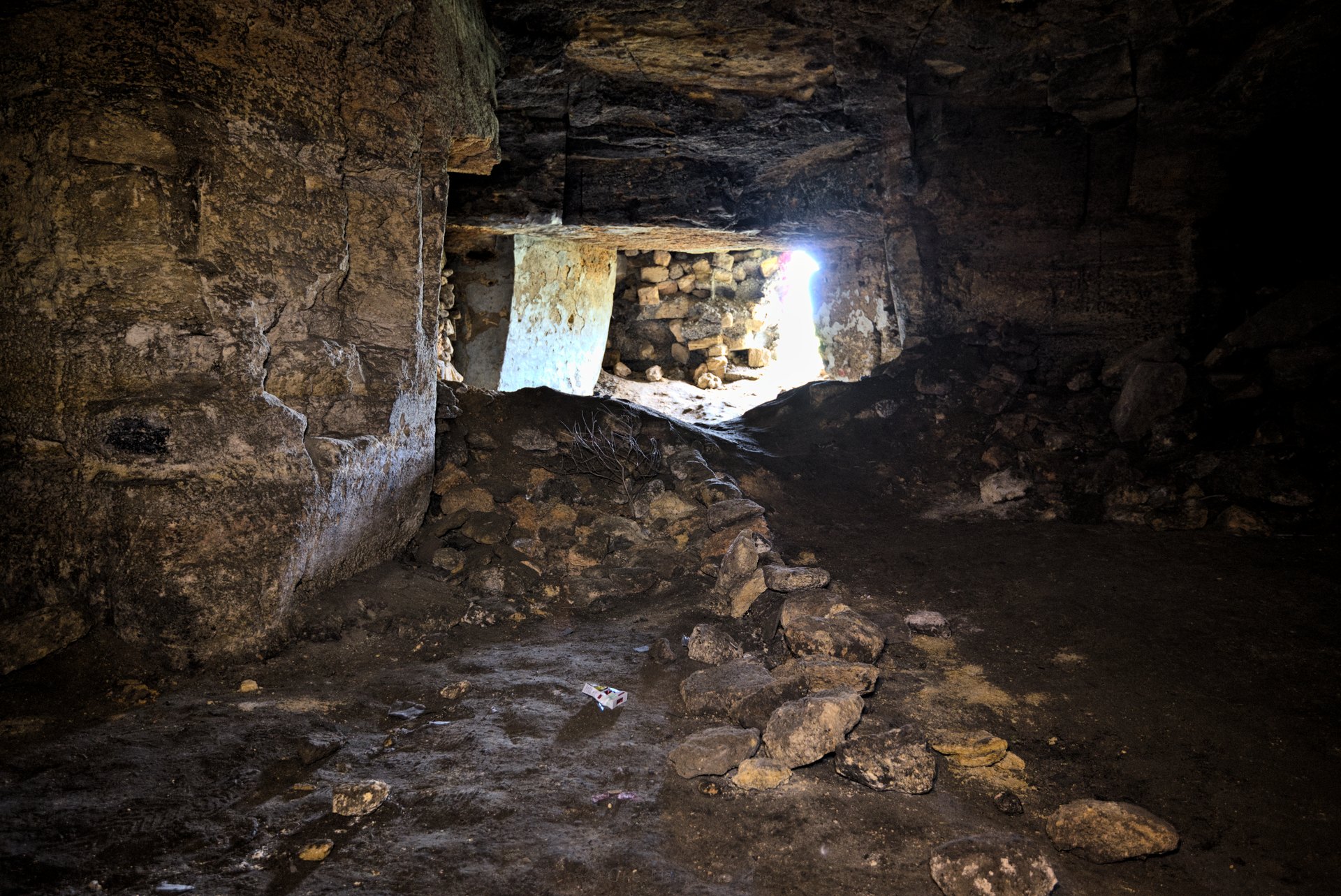
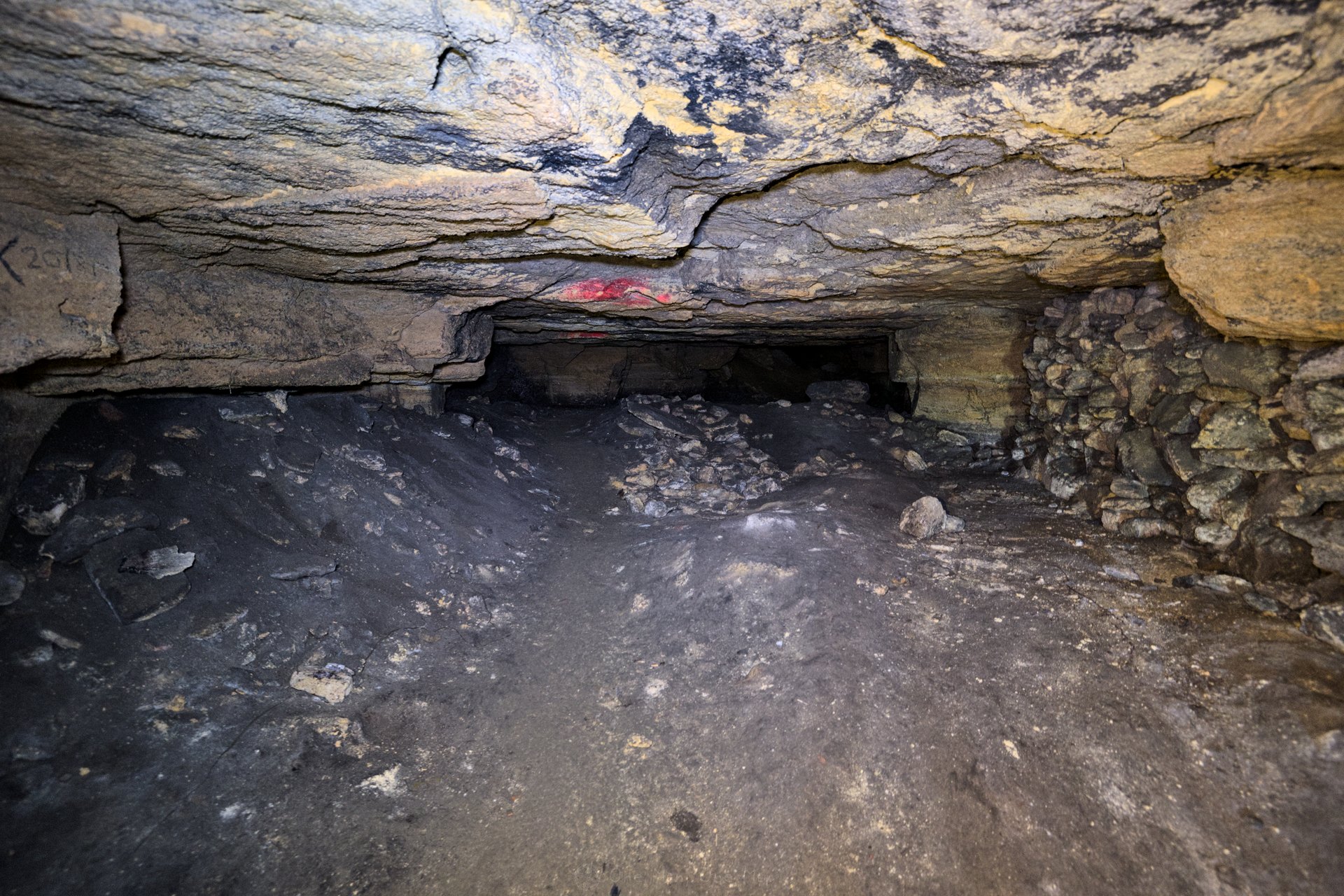
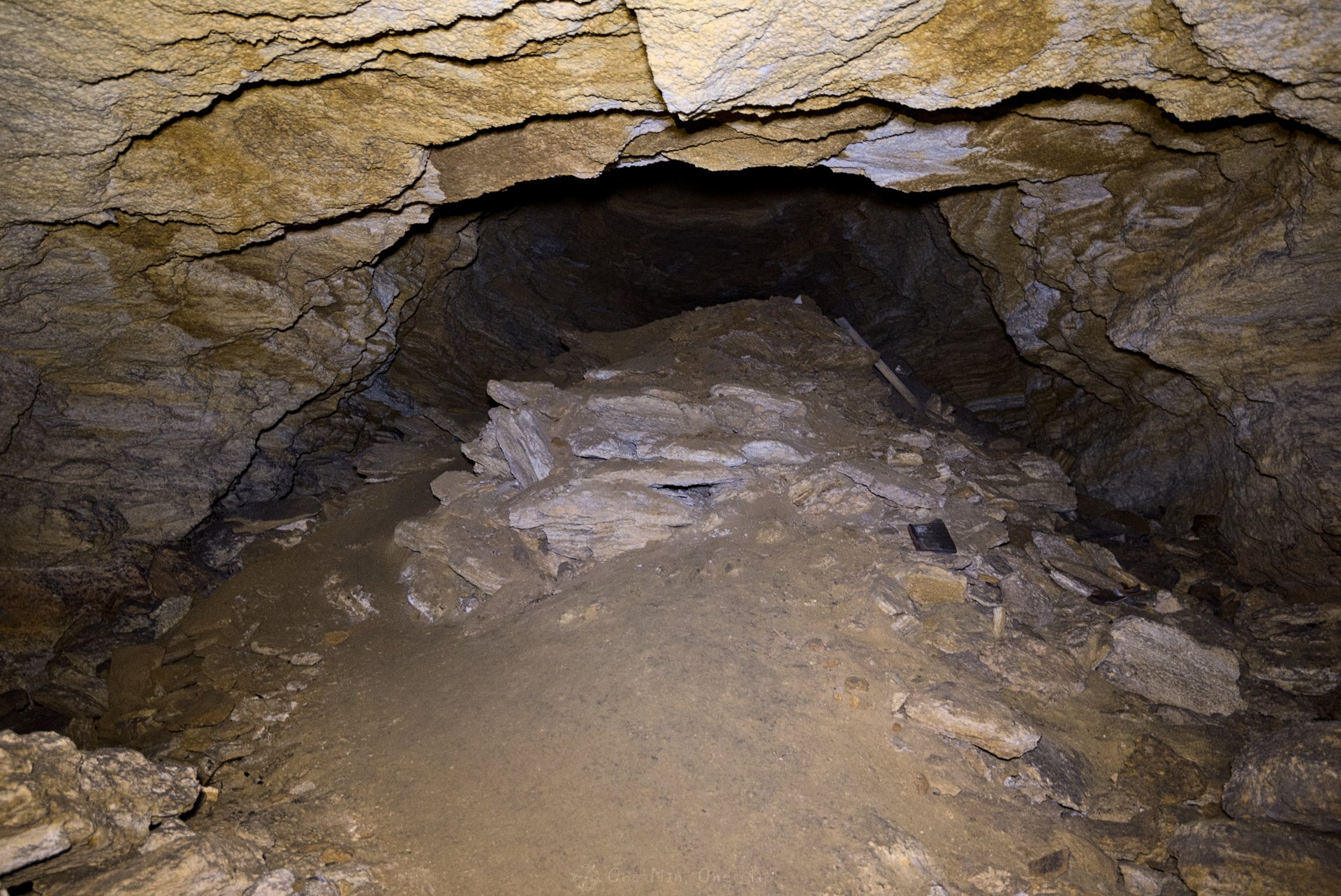
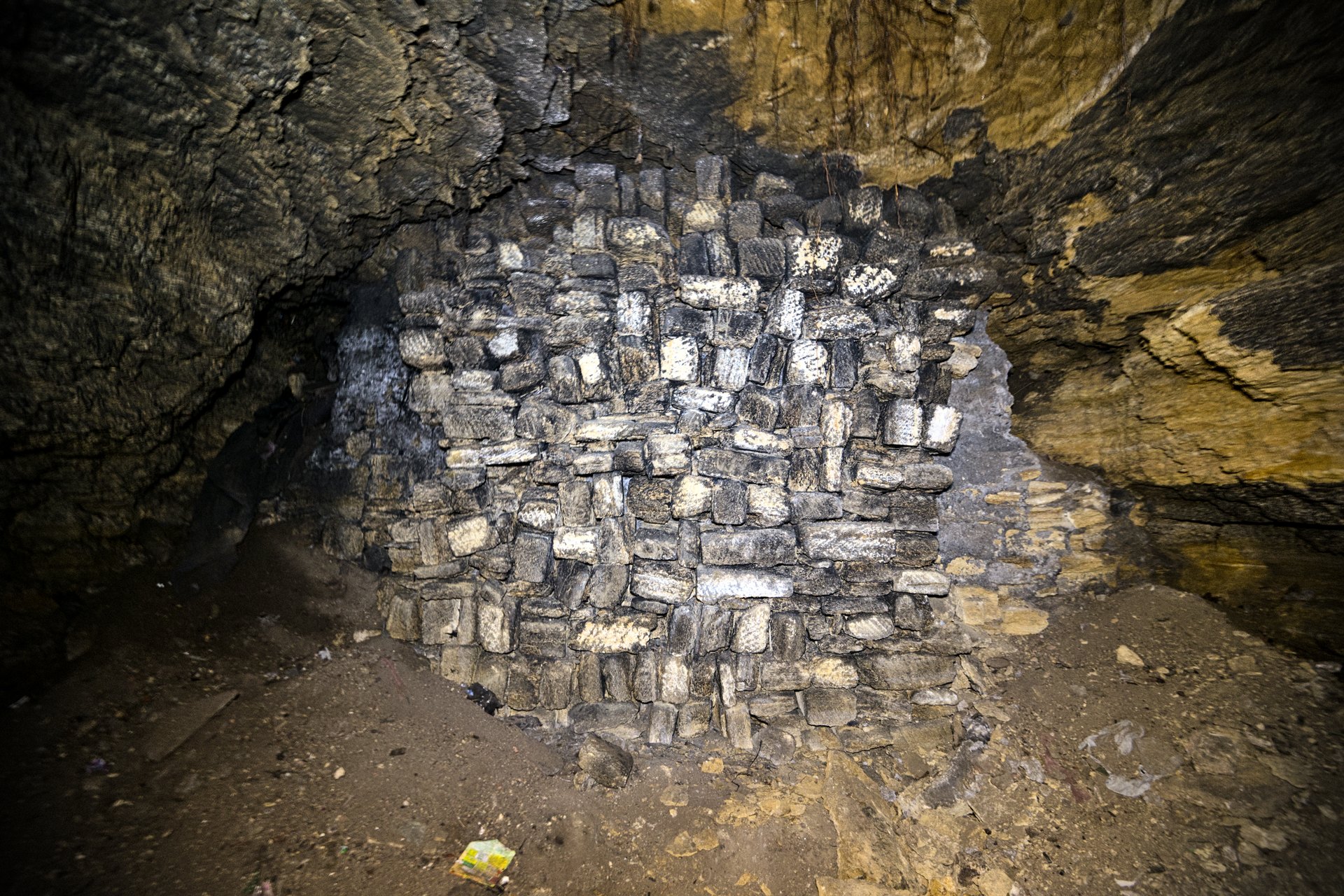
Great pictures! Odessa seems quite interesting to me. Some images remind me of the Maginot Line in Northern France.
Funny you would say that, I’m working on a post about the Ligne Maginot… 😉
Just an interesting fact, in 2005, a Ukrainian urban explorer named Eugene Lata was exploring the Odesa catacombs with a group of friends when they found the decomposing body of a 19 year old girl named Masha who had gotten drunk and lost and then died down in the catacombs. Quite a sad way to die, really. They found her body three miles away from the nearest cave entrance.
I didn’t include details to these stories because it’s very hard to find out what is legend and what is actually true.
The girl you’re referring to is called “Masha” on most websites, and it’s less than clear if she ever existed. One of the many websites looking into the conflicting information is https://www.vice.com/en/article/dying-in-ukraines-endless-labyrinth-of-catacombs-341/ . The official Odessa Catacombs Website that had a statement about the story being a lie in its FAQ is sadly no longer available due to the ongoing Russian invasion.
The “Timer Odessa” news site which had stories about a body being found in 2011, and a man being sentenced to 13 years for killing a woman in the catacombs in 2014, is now also down.